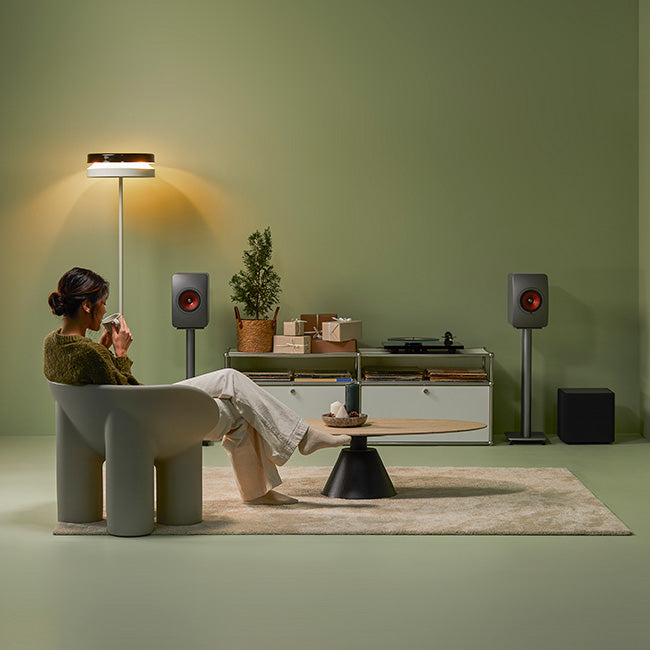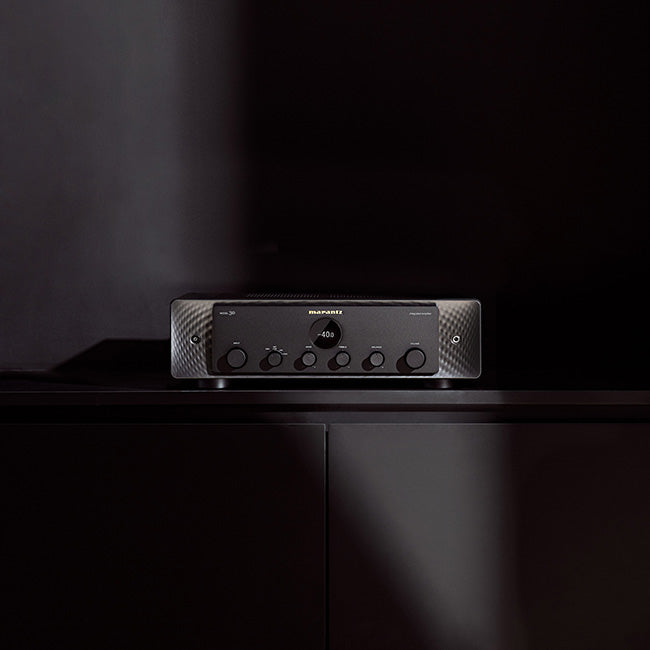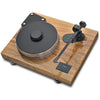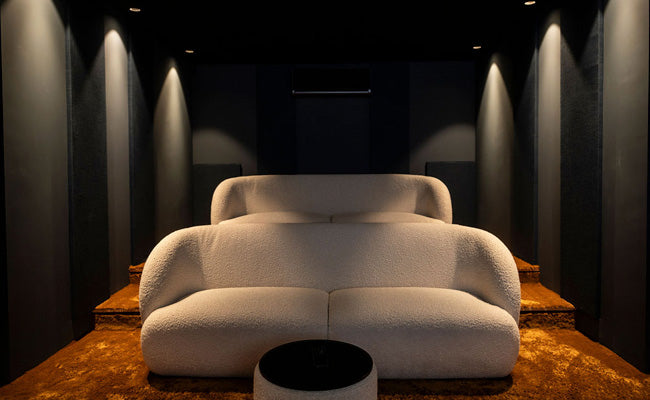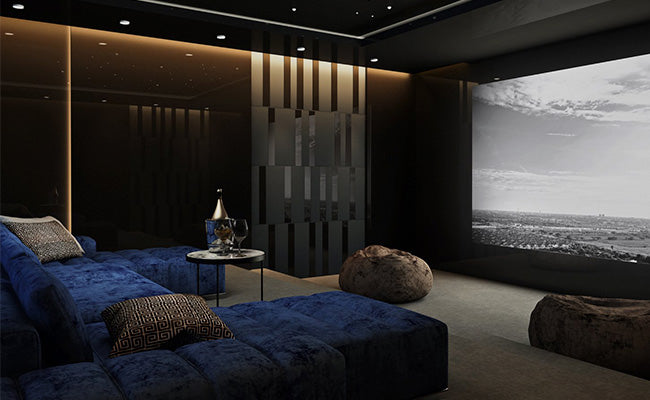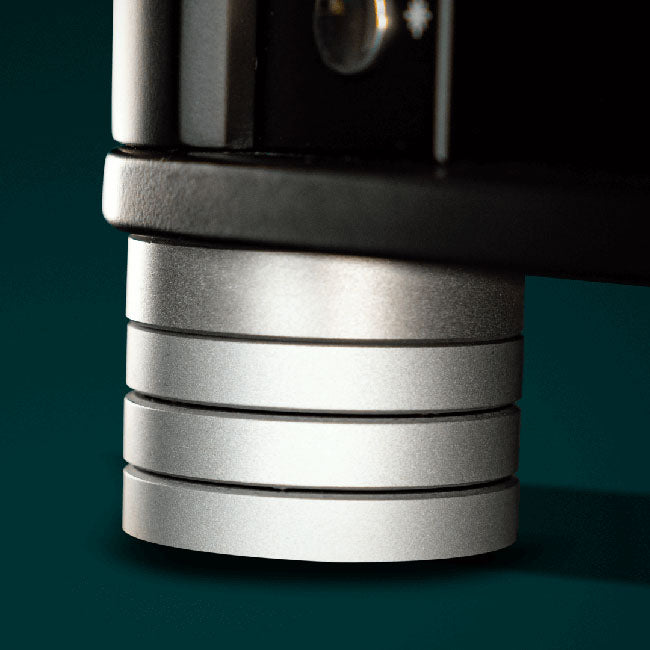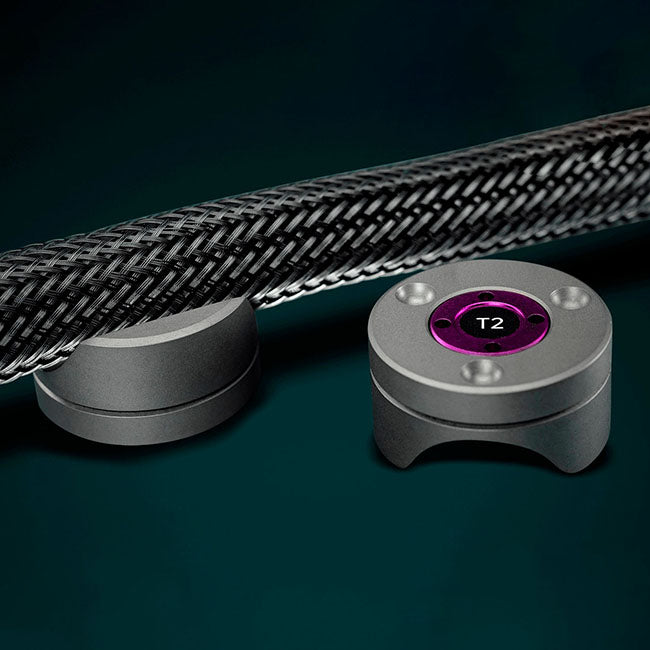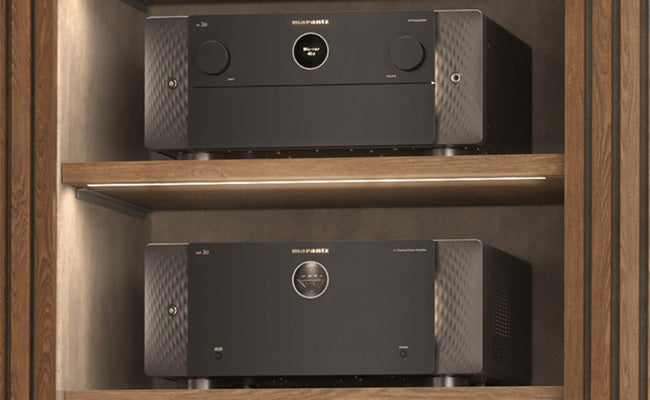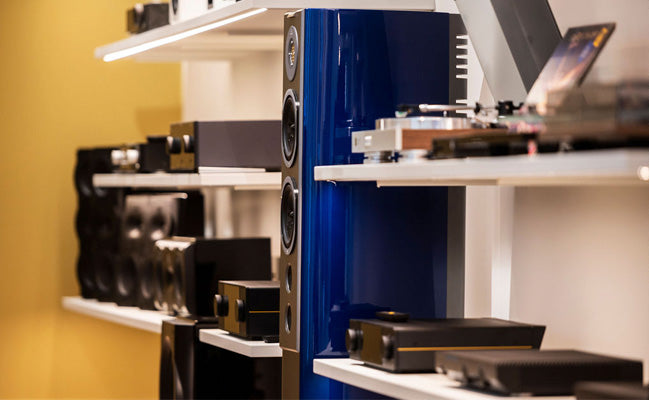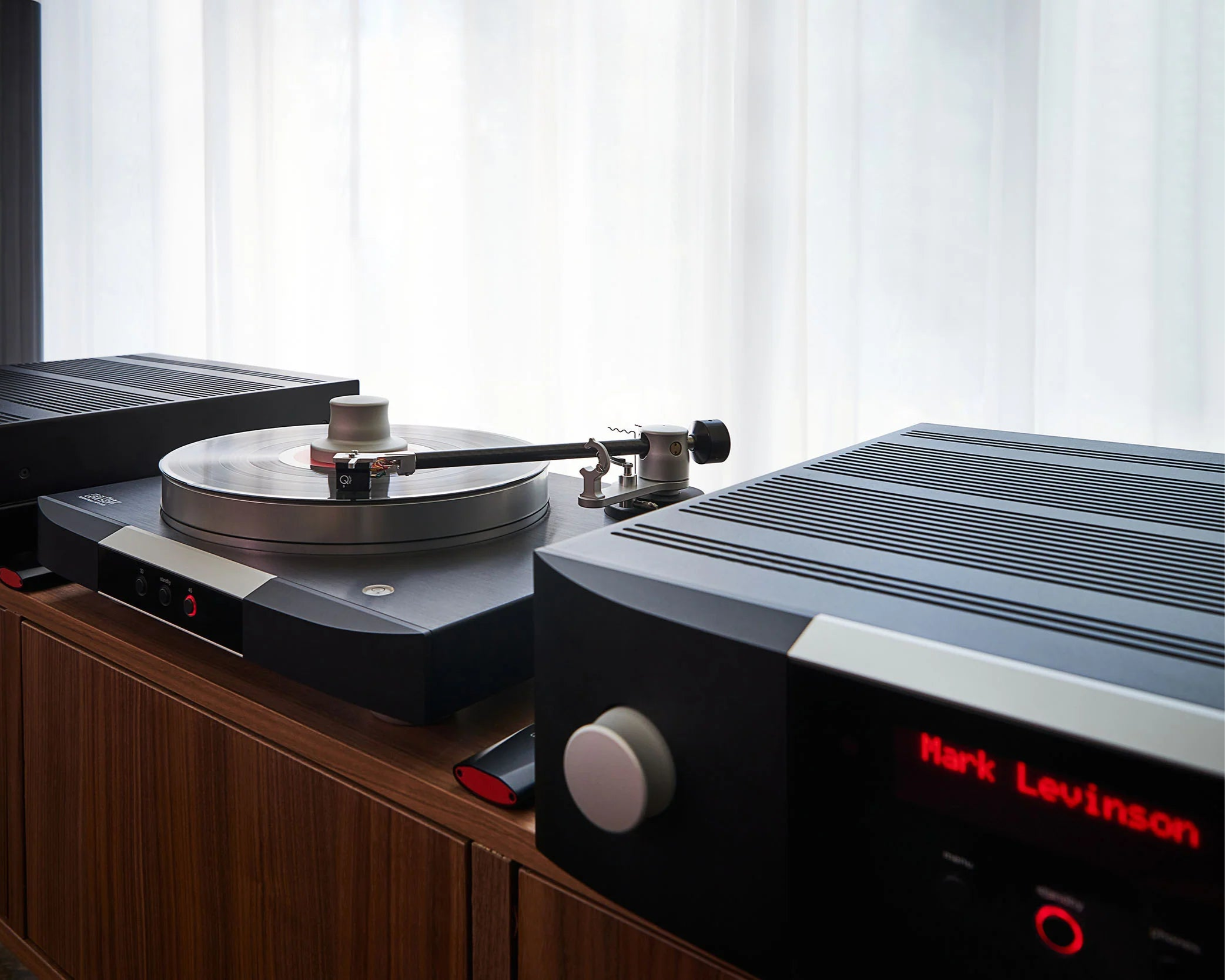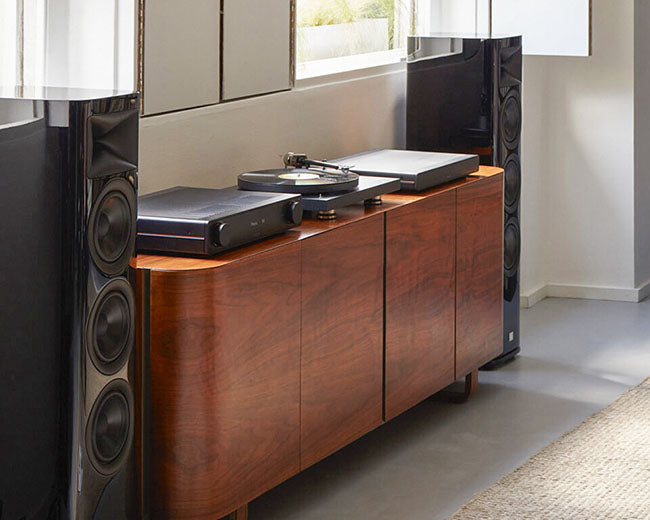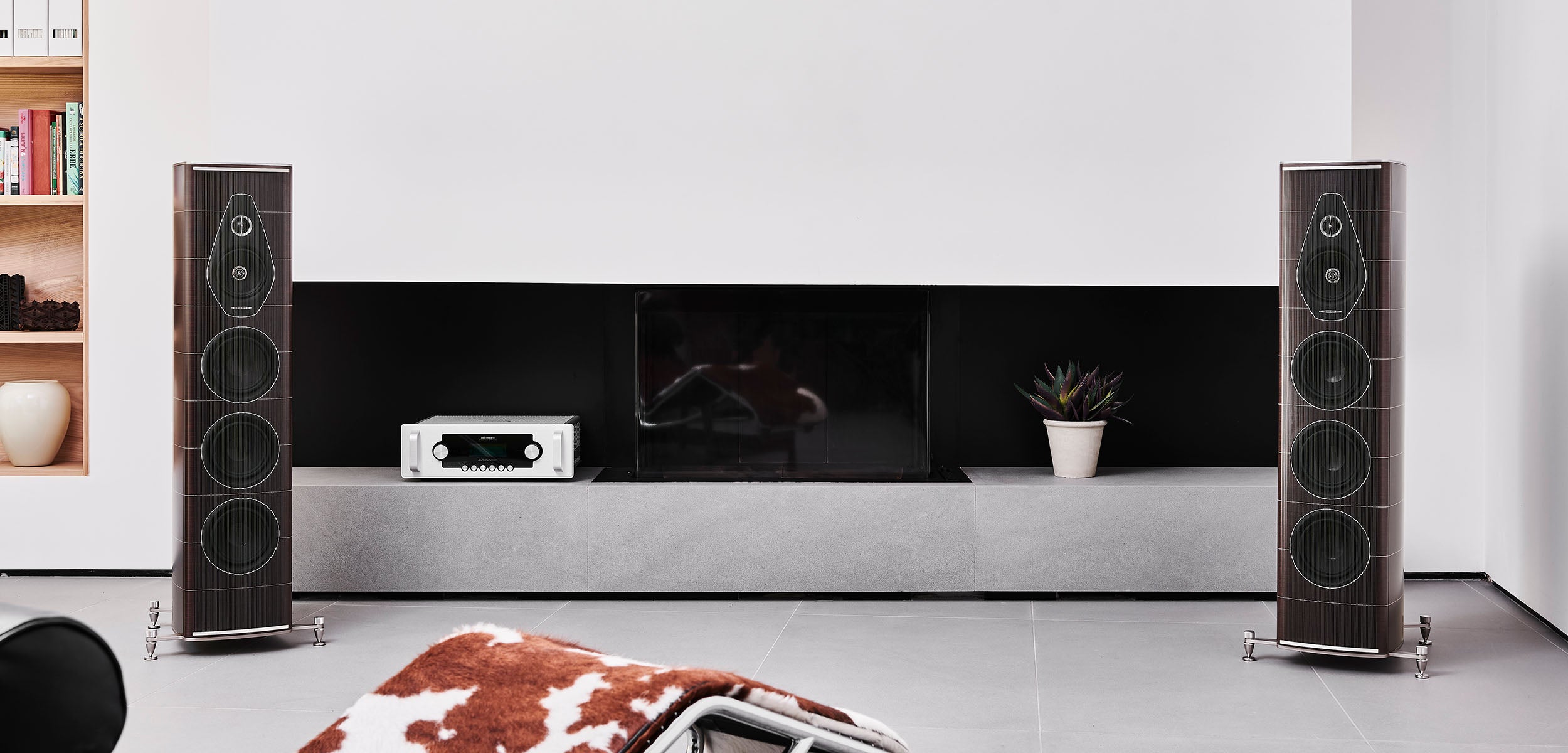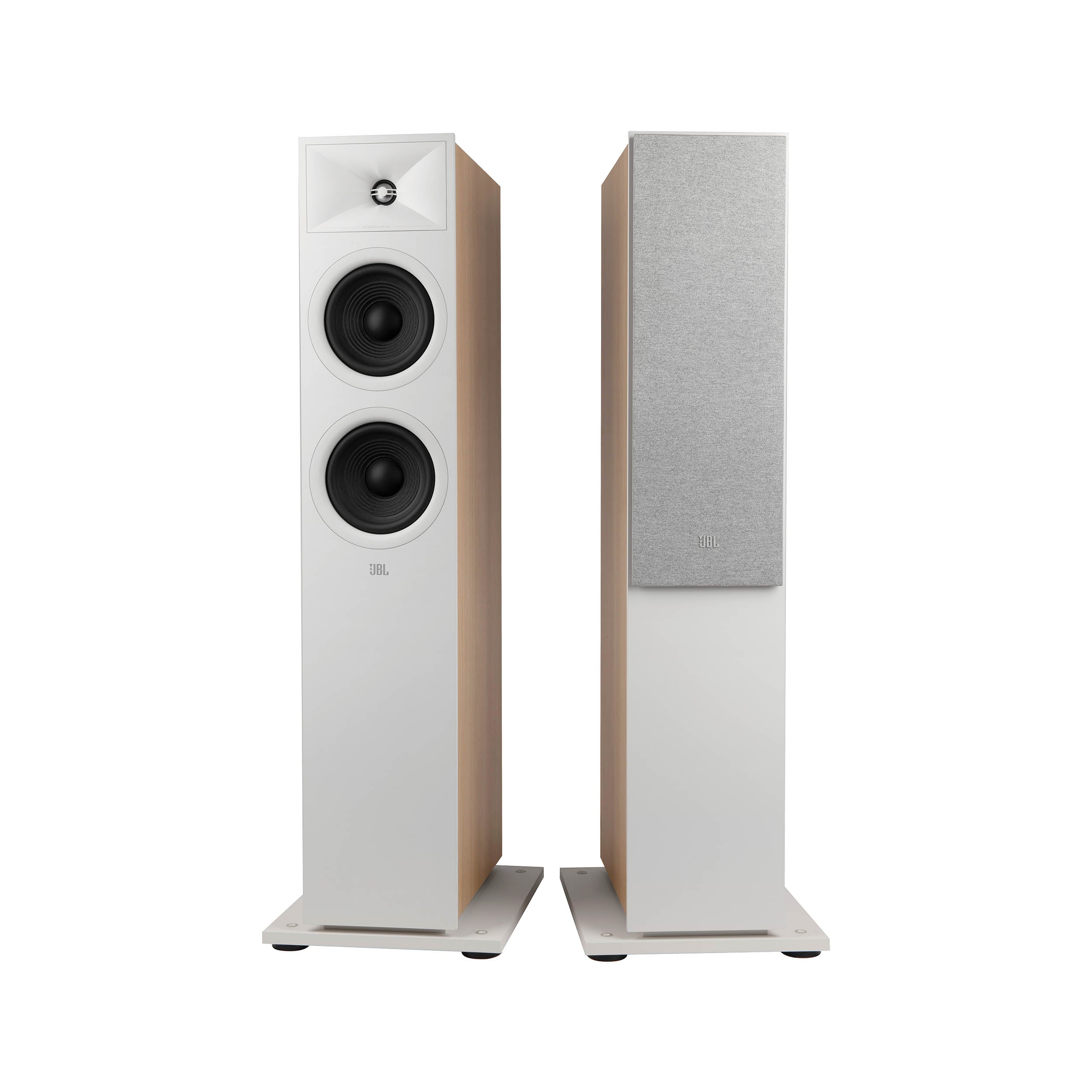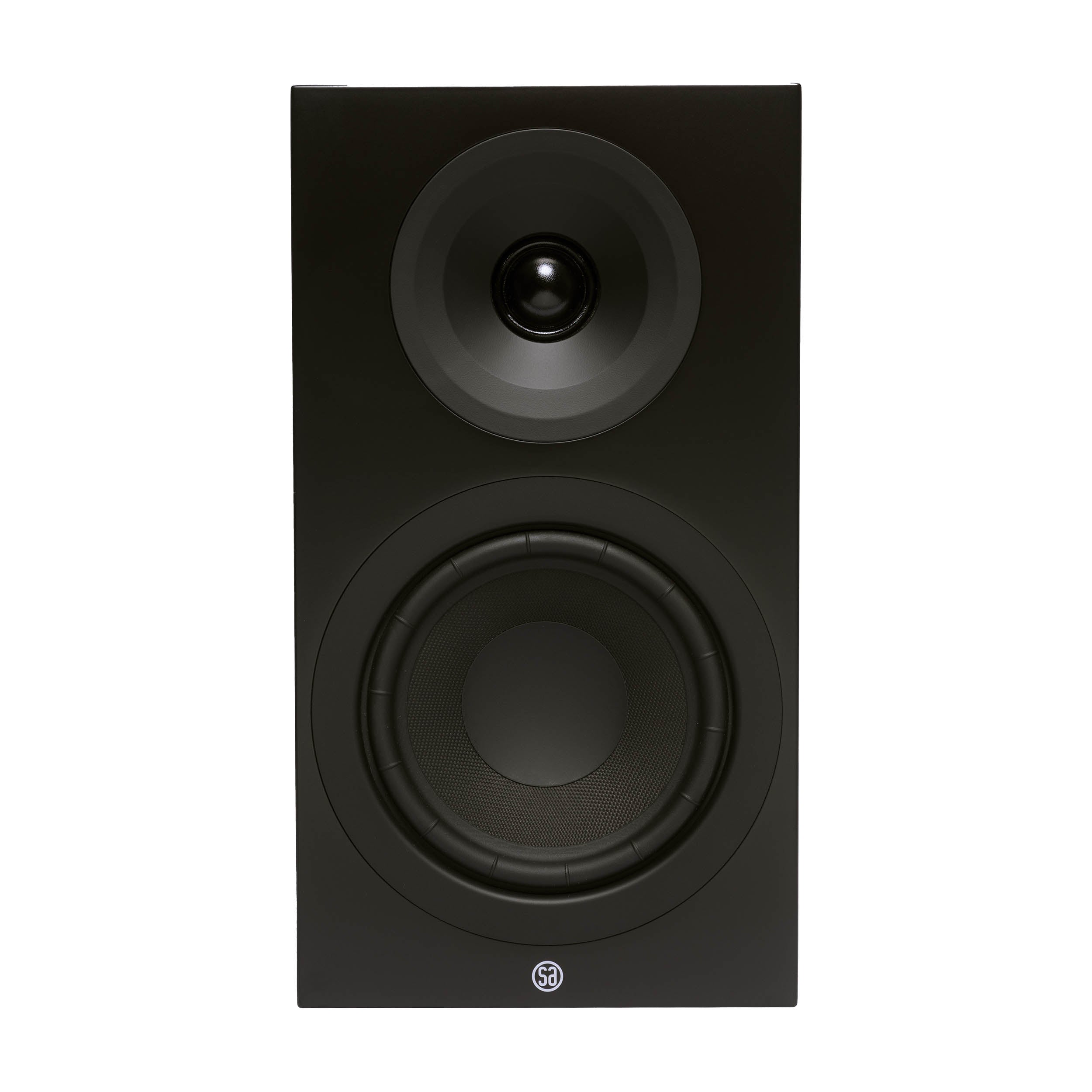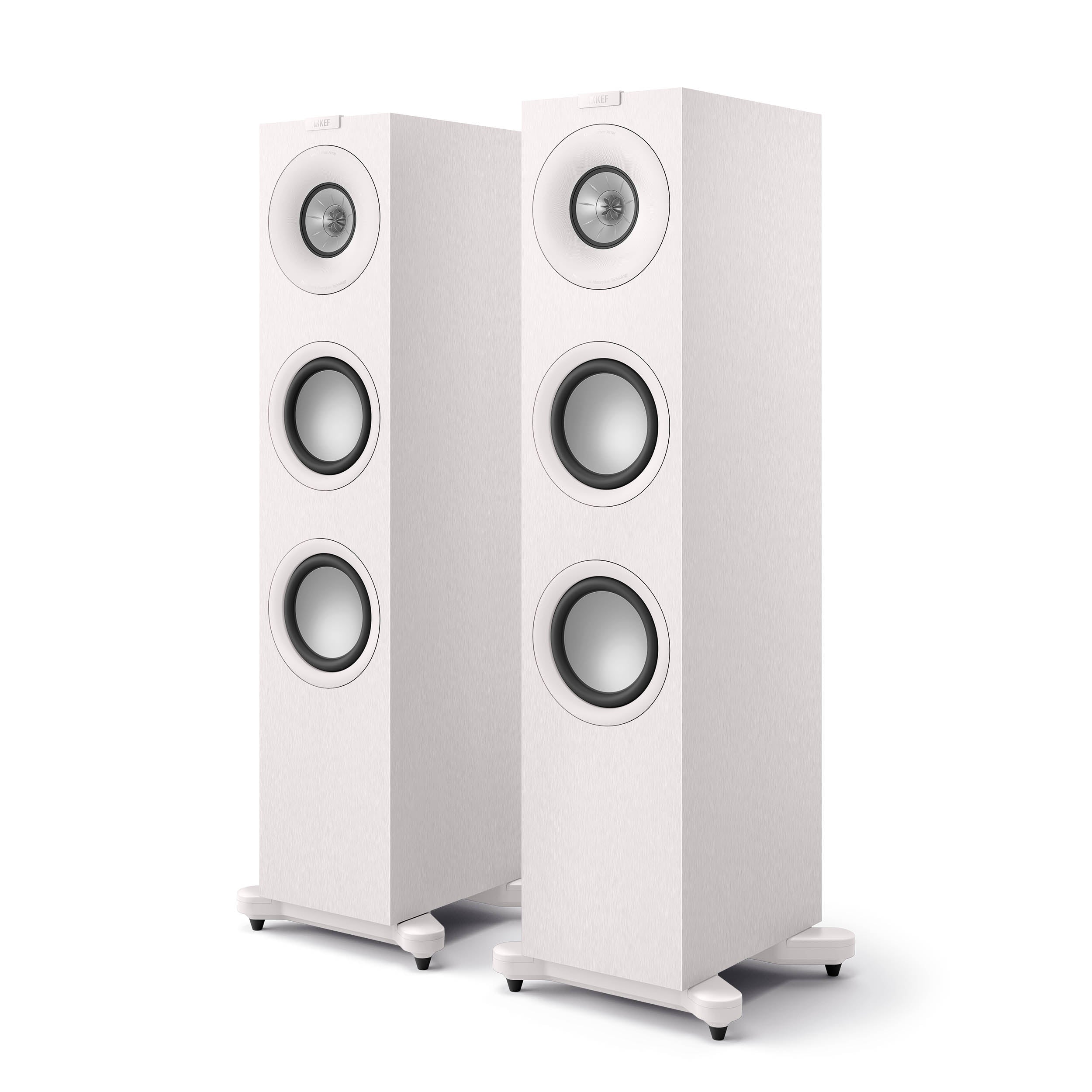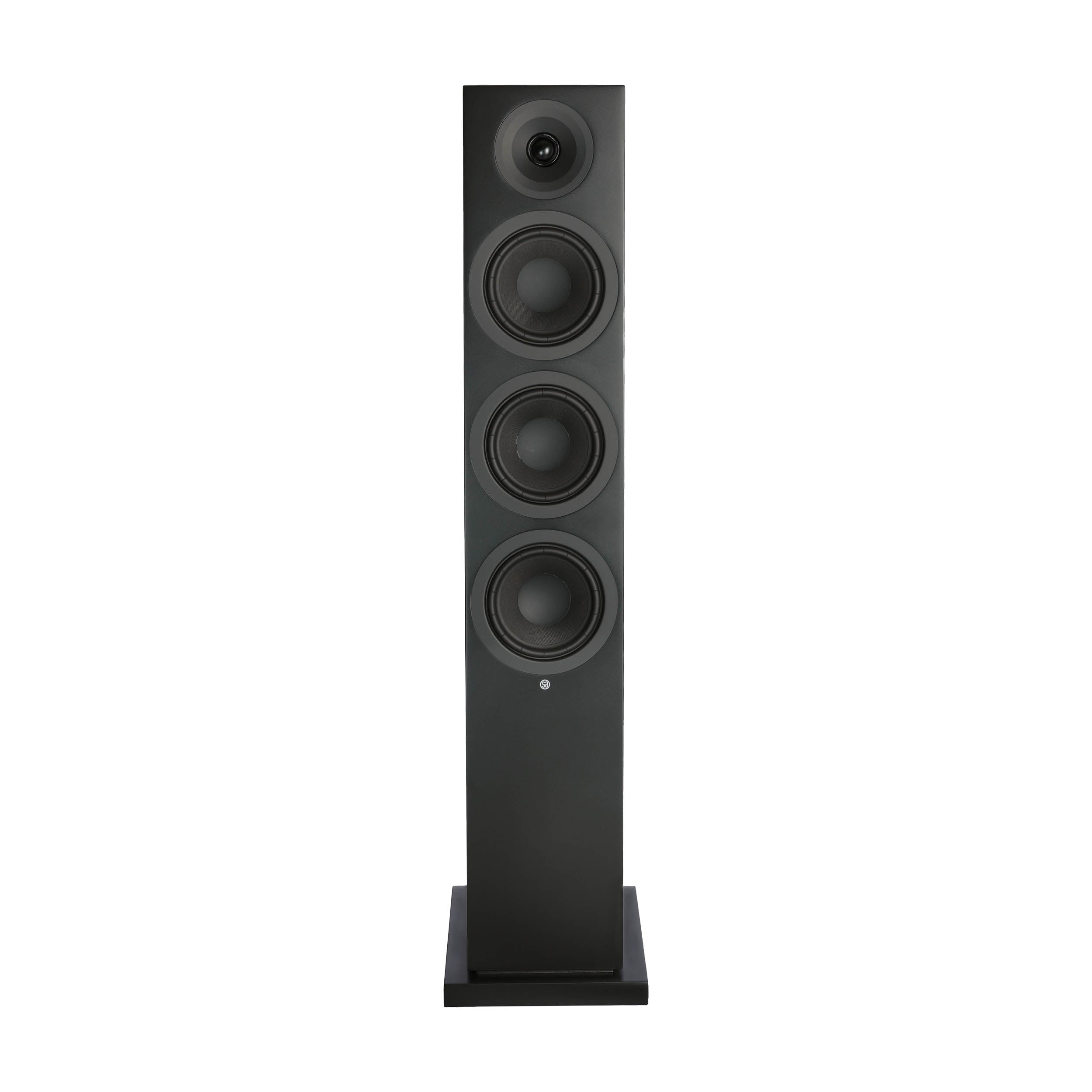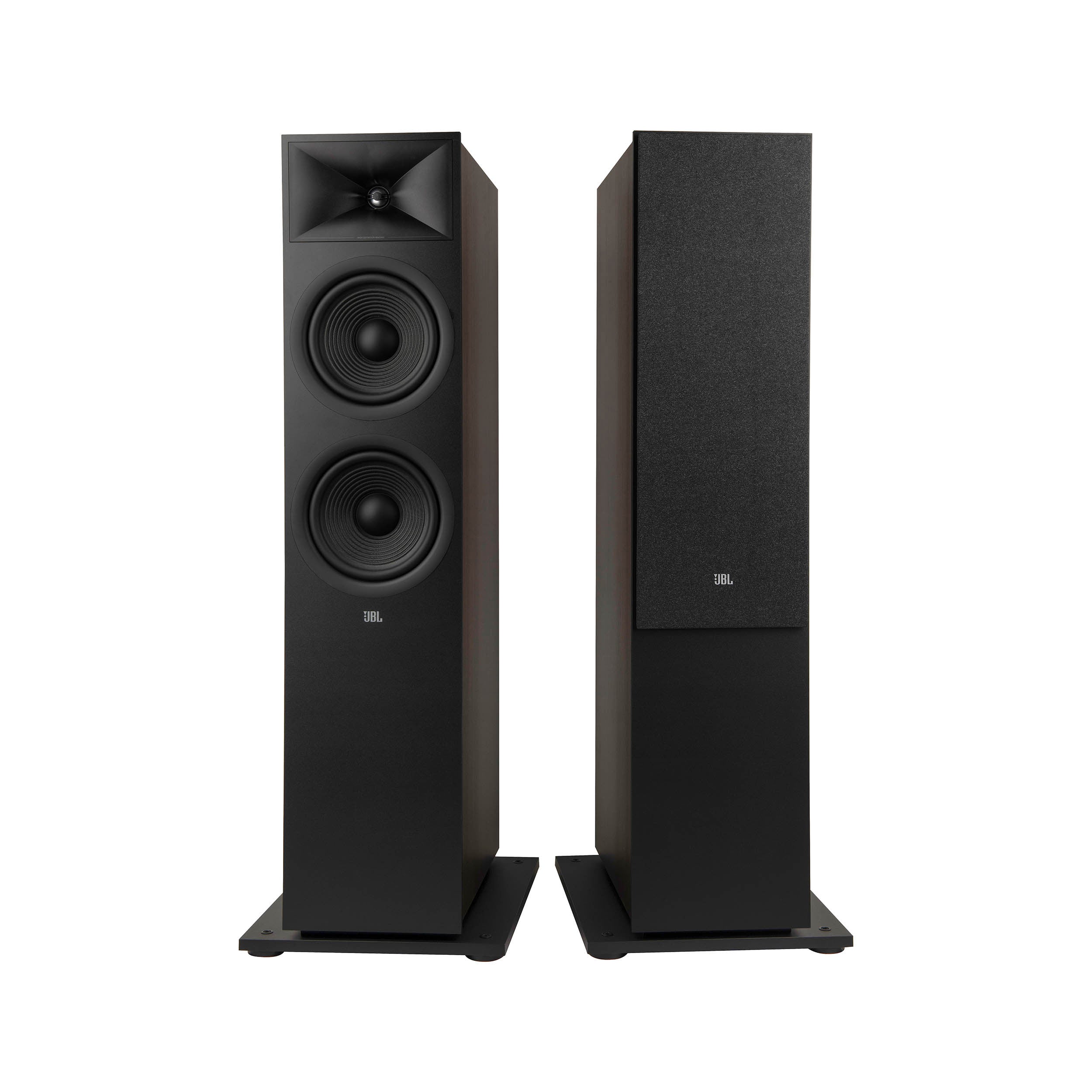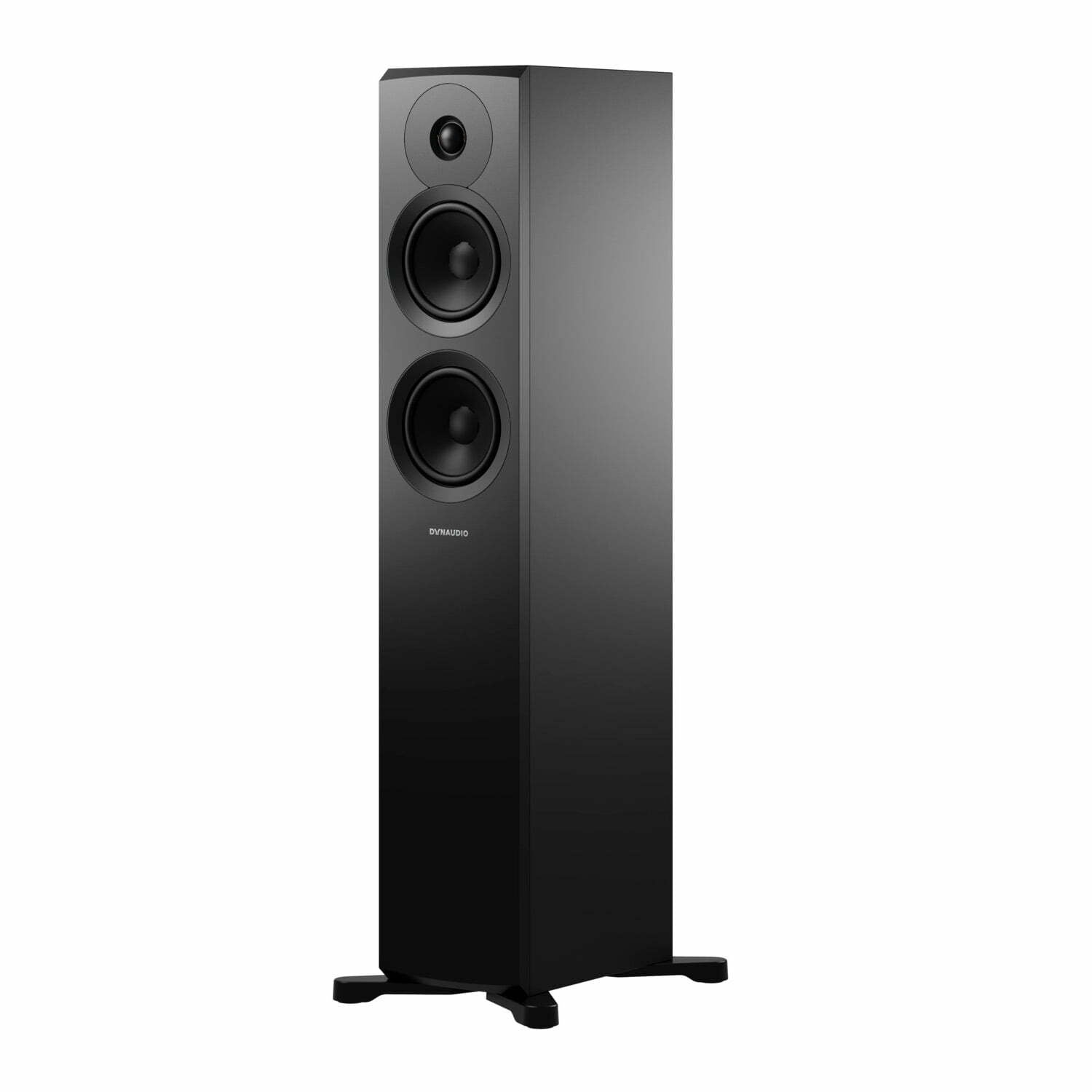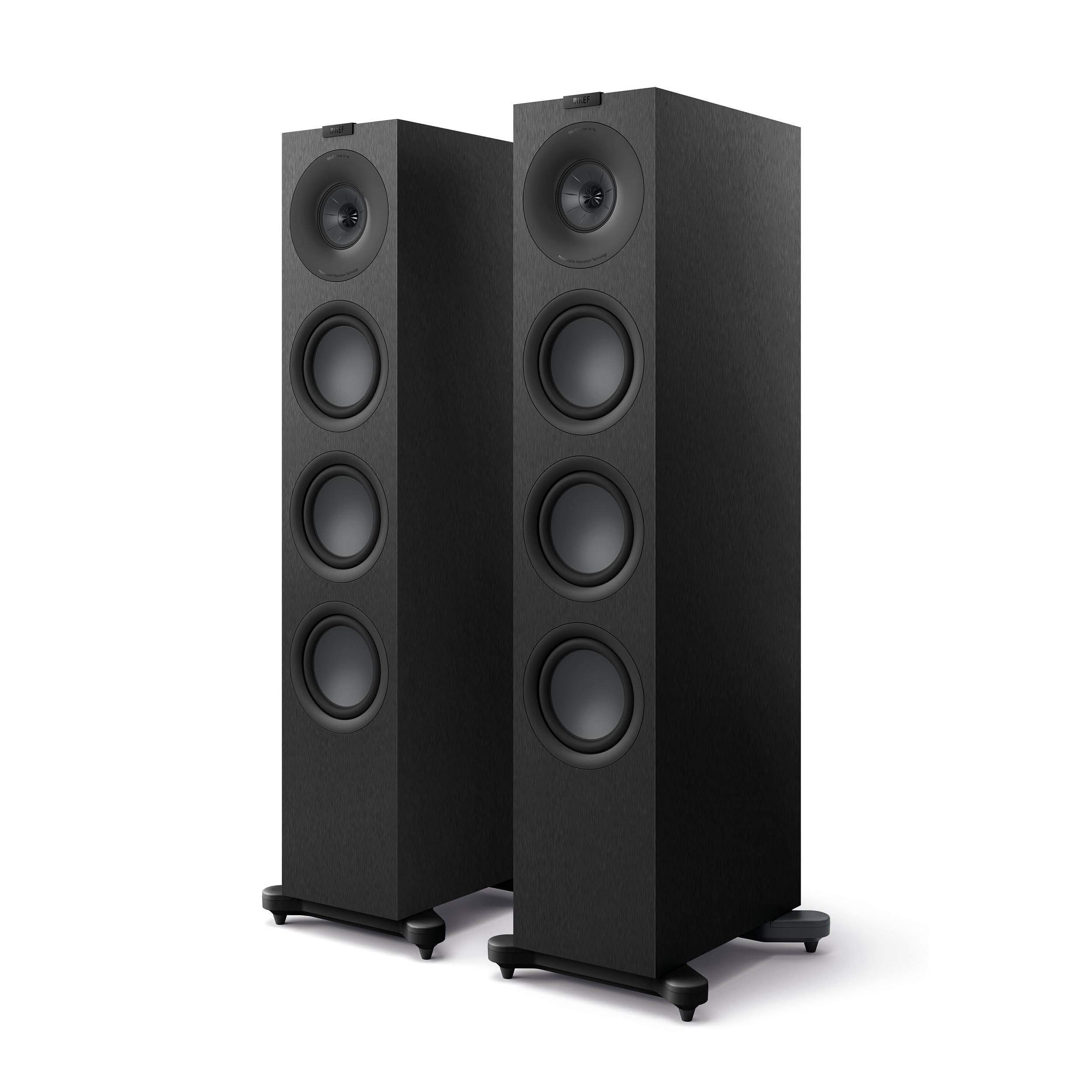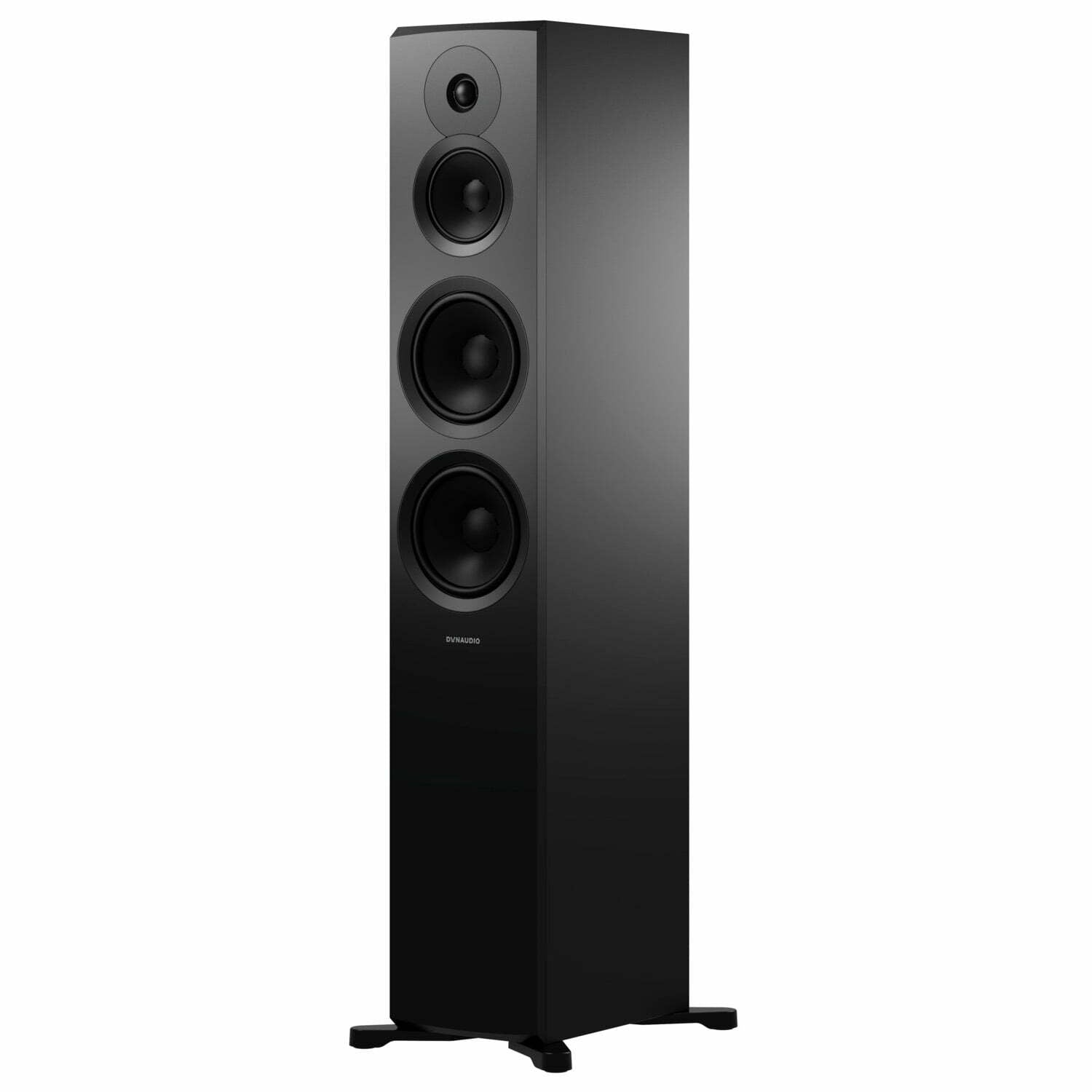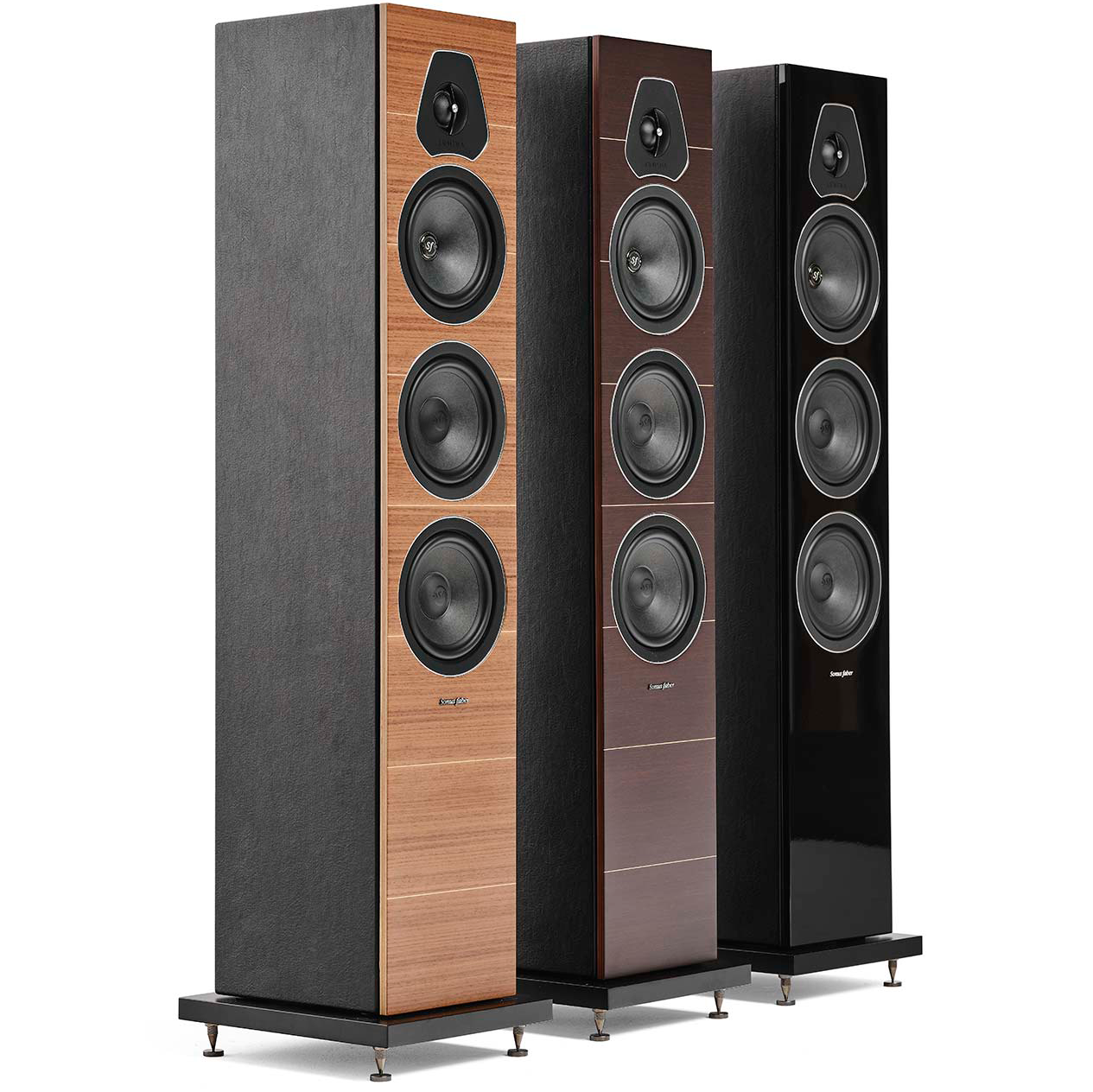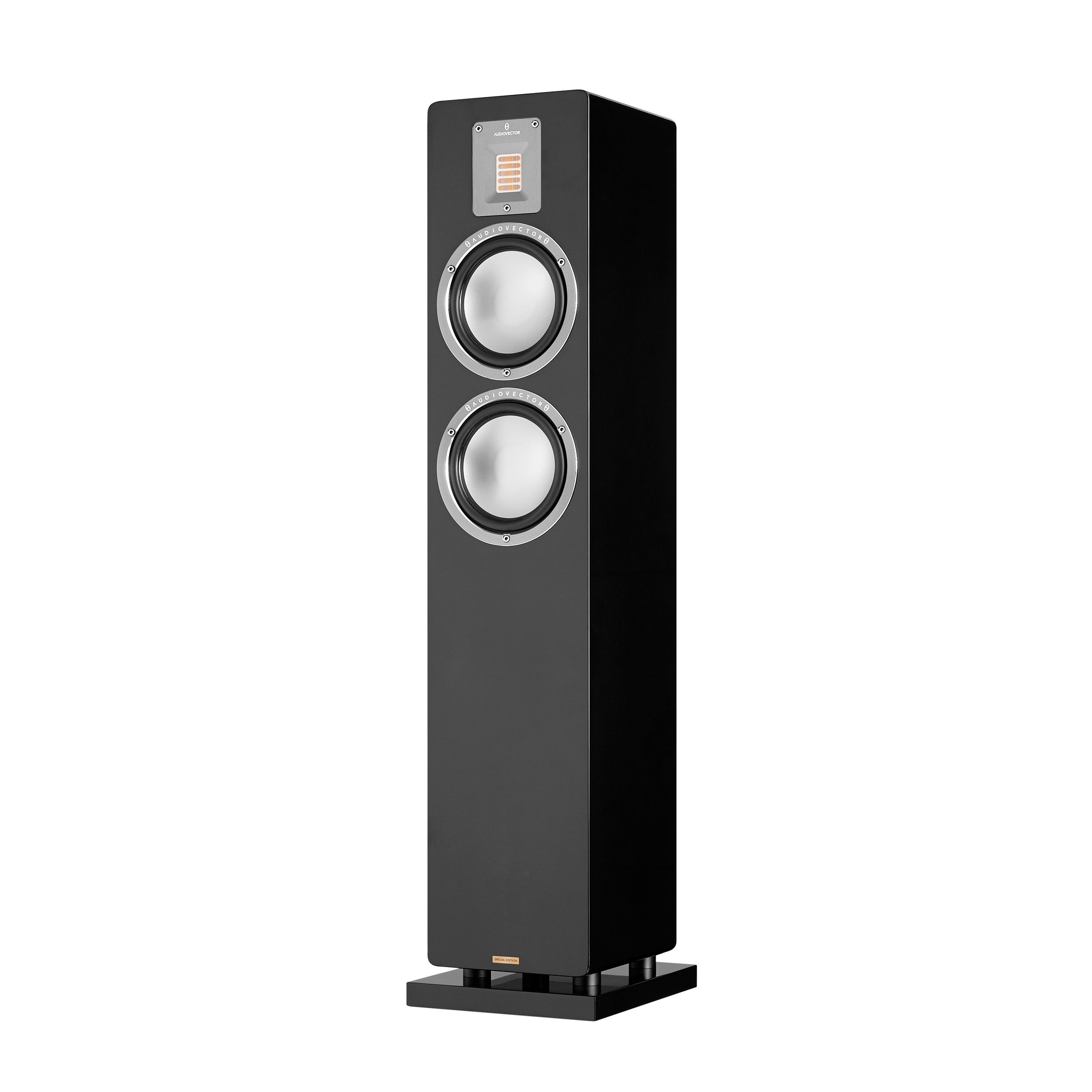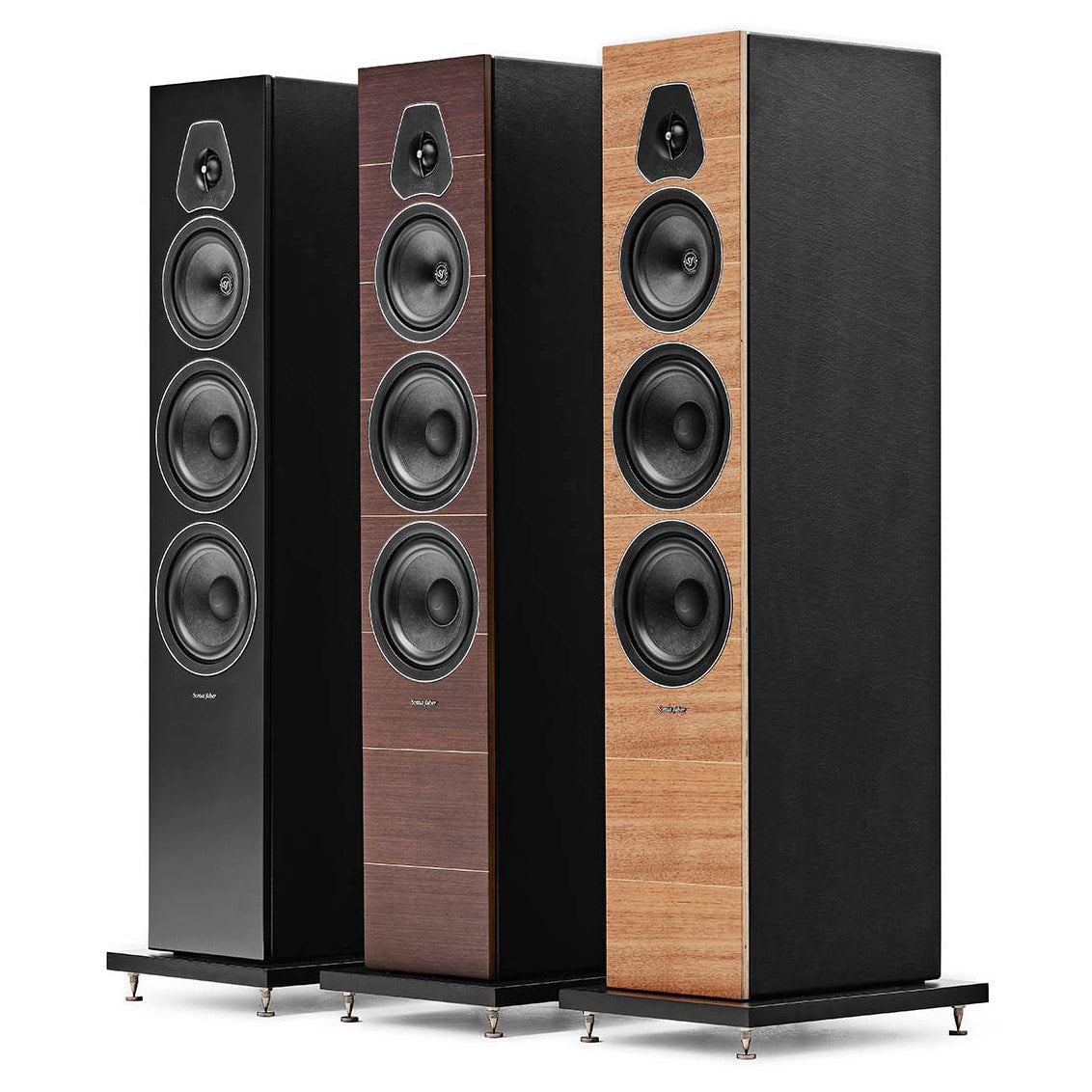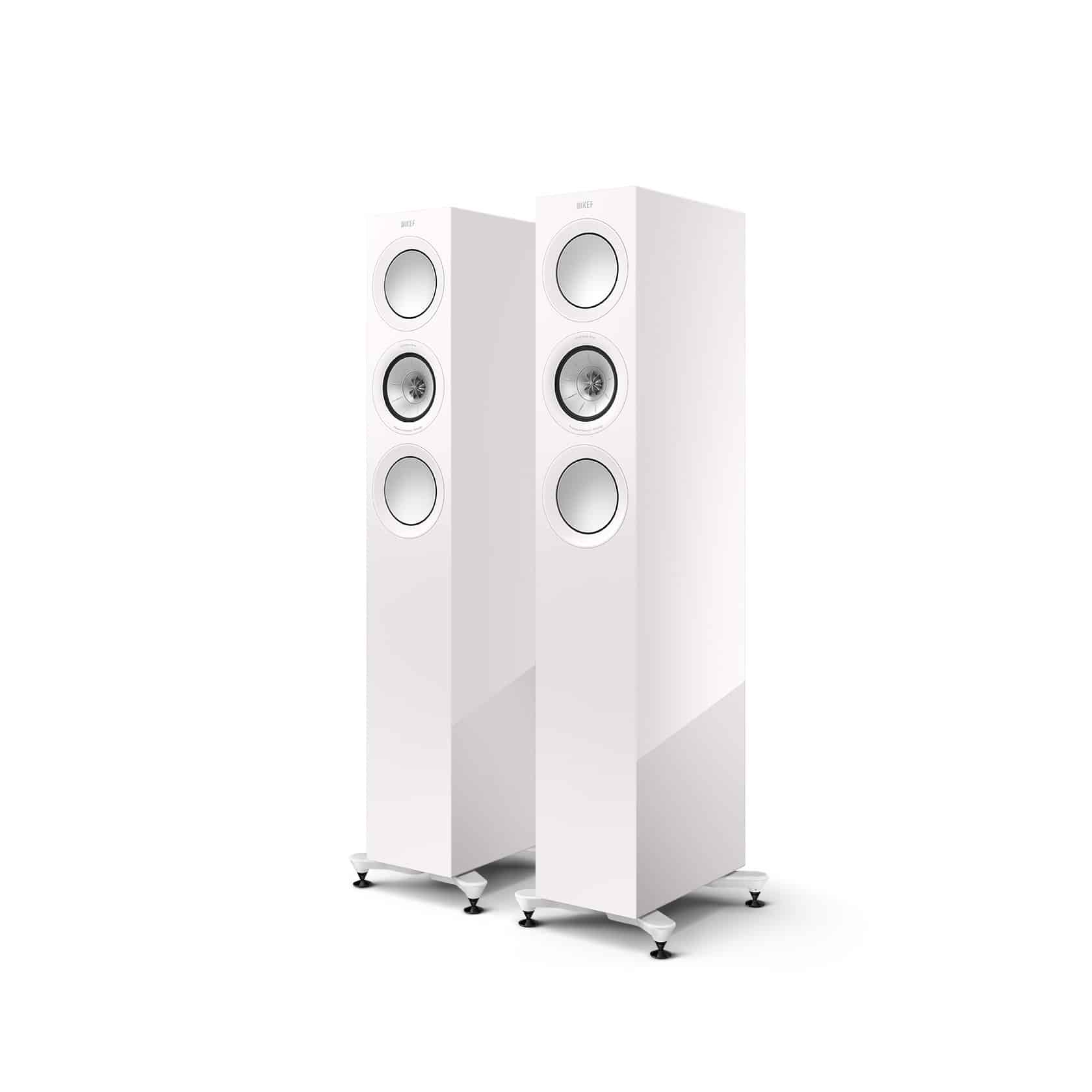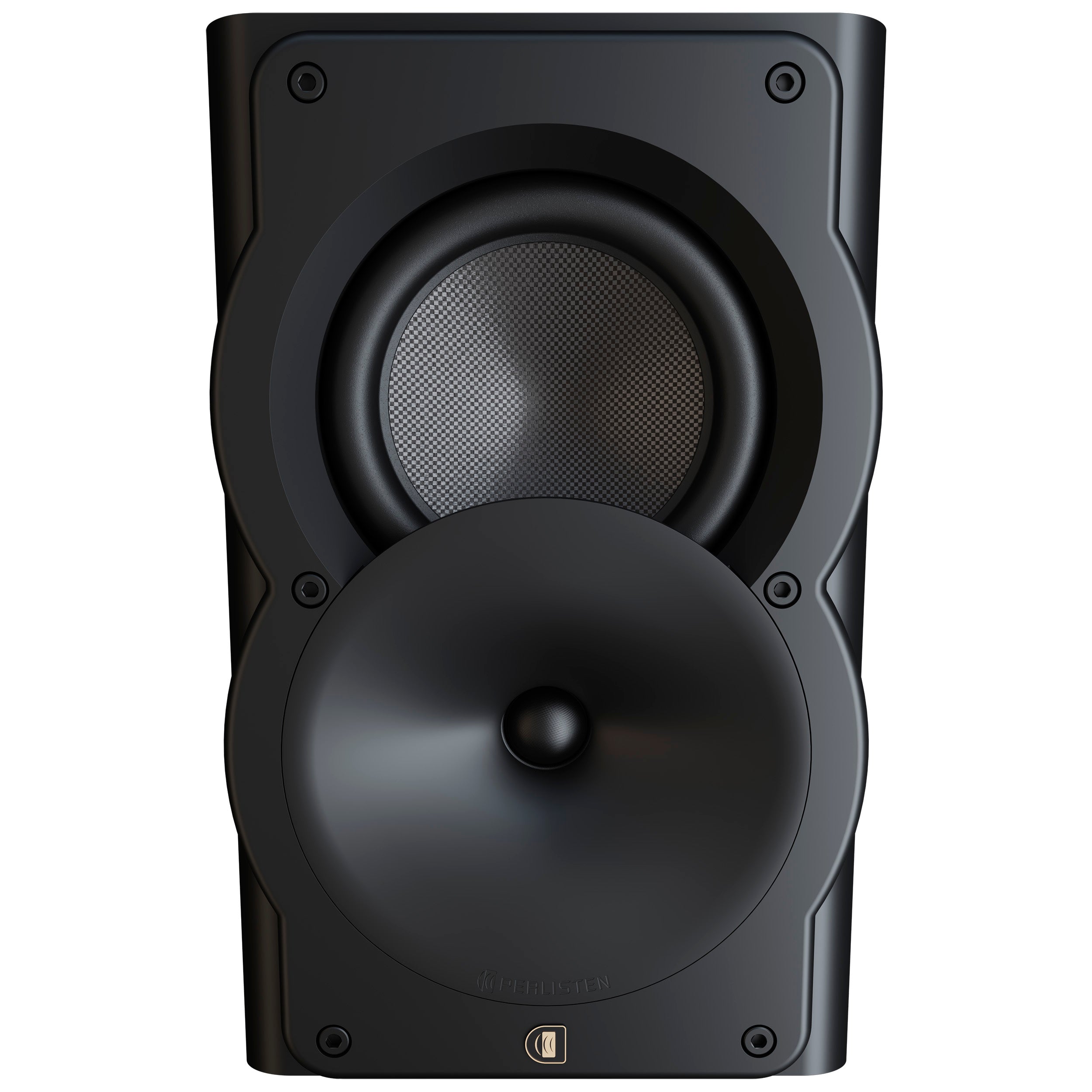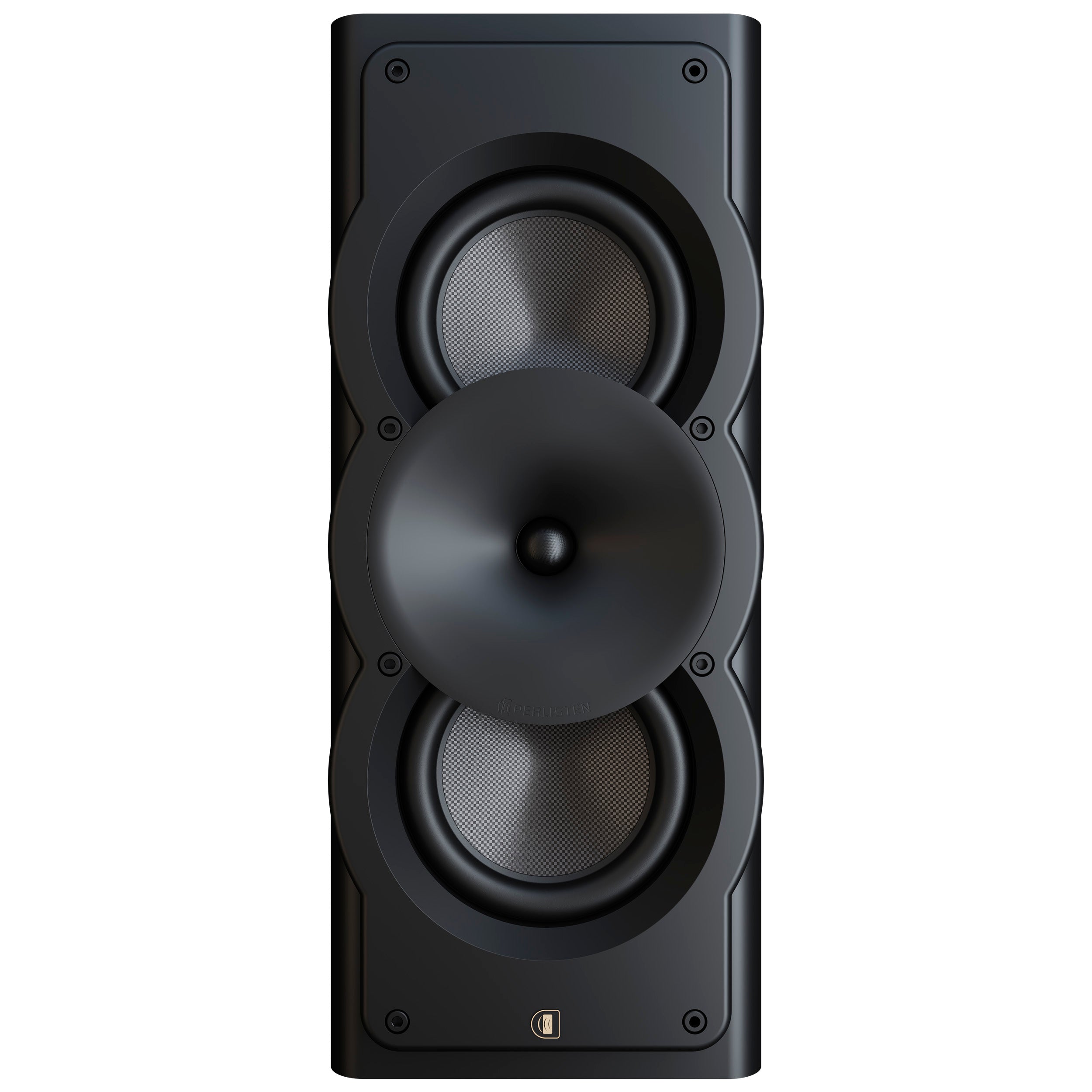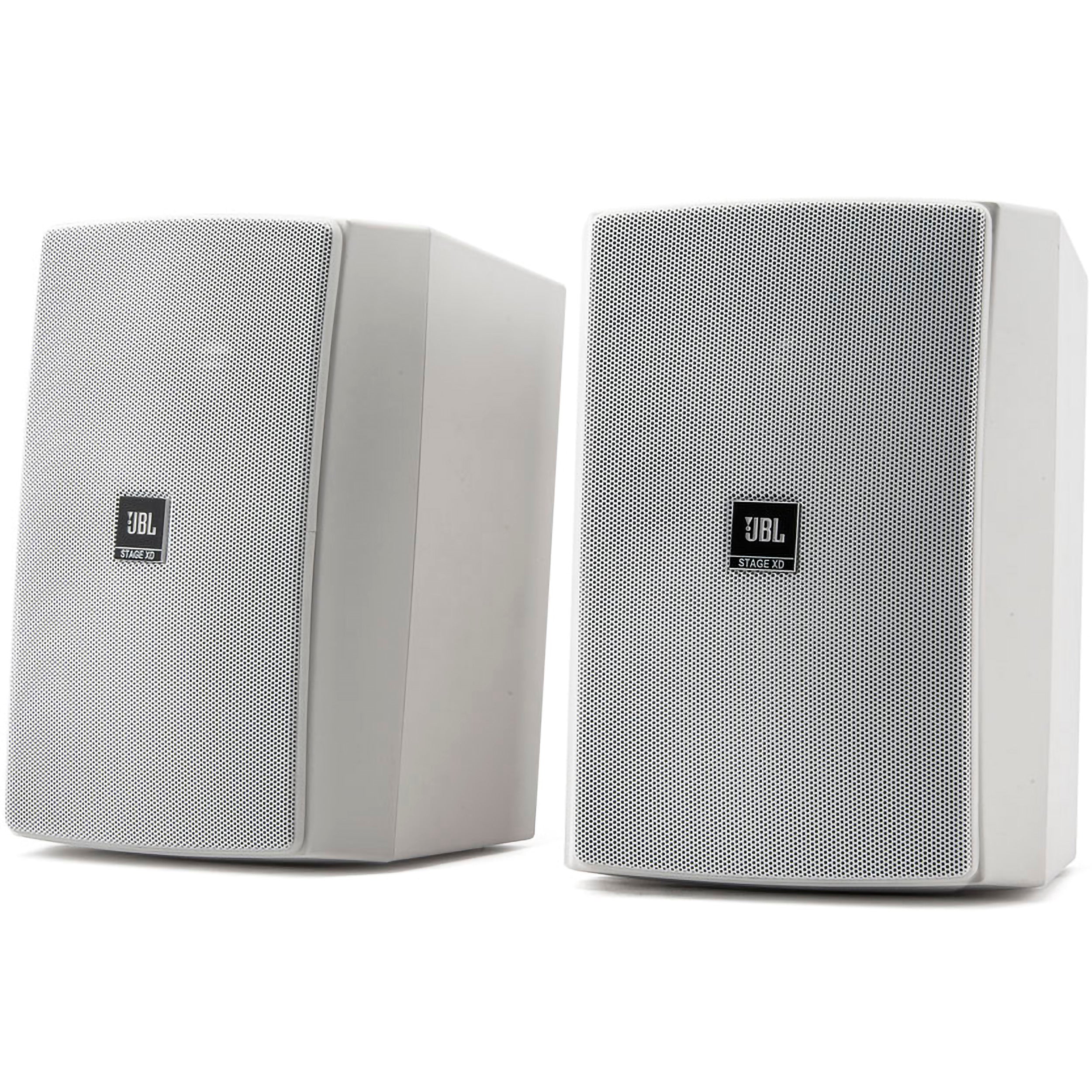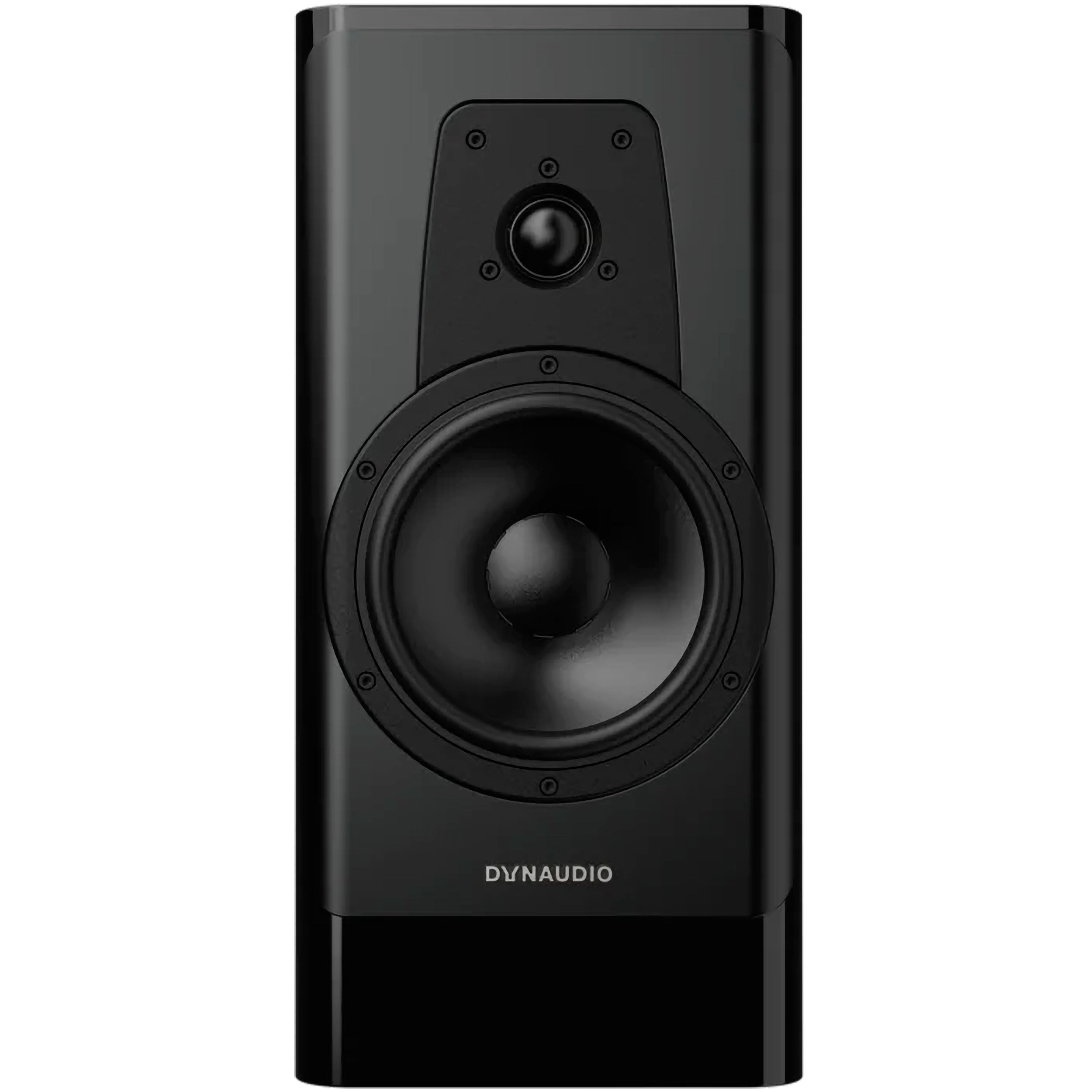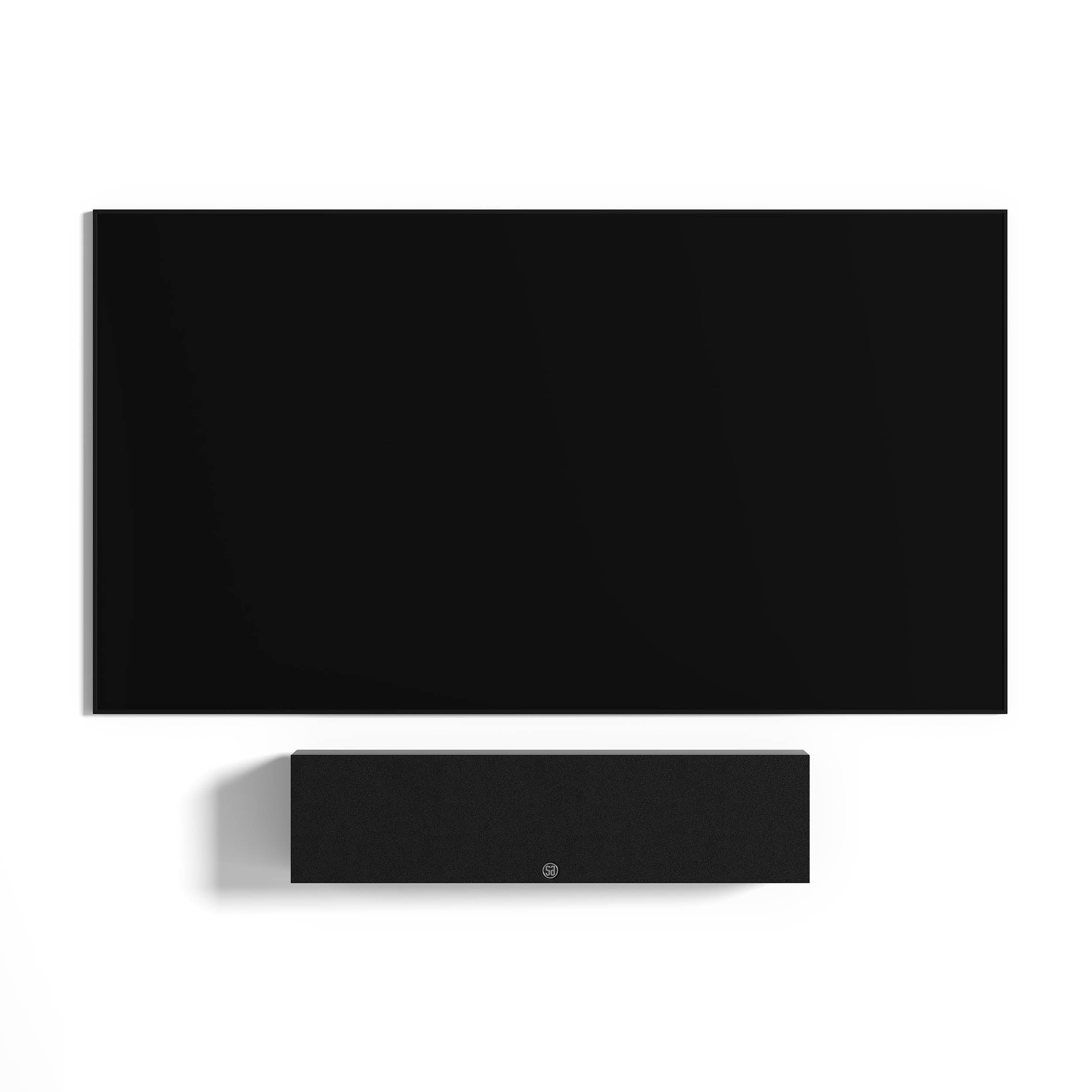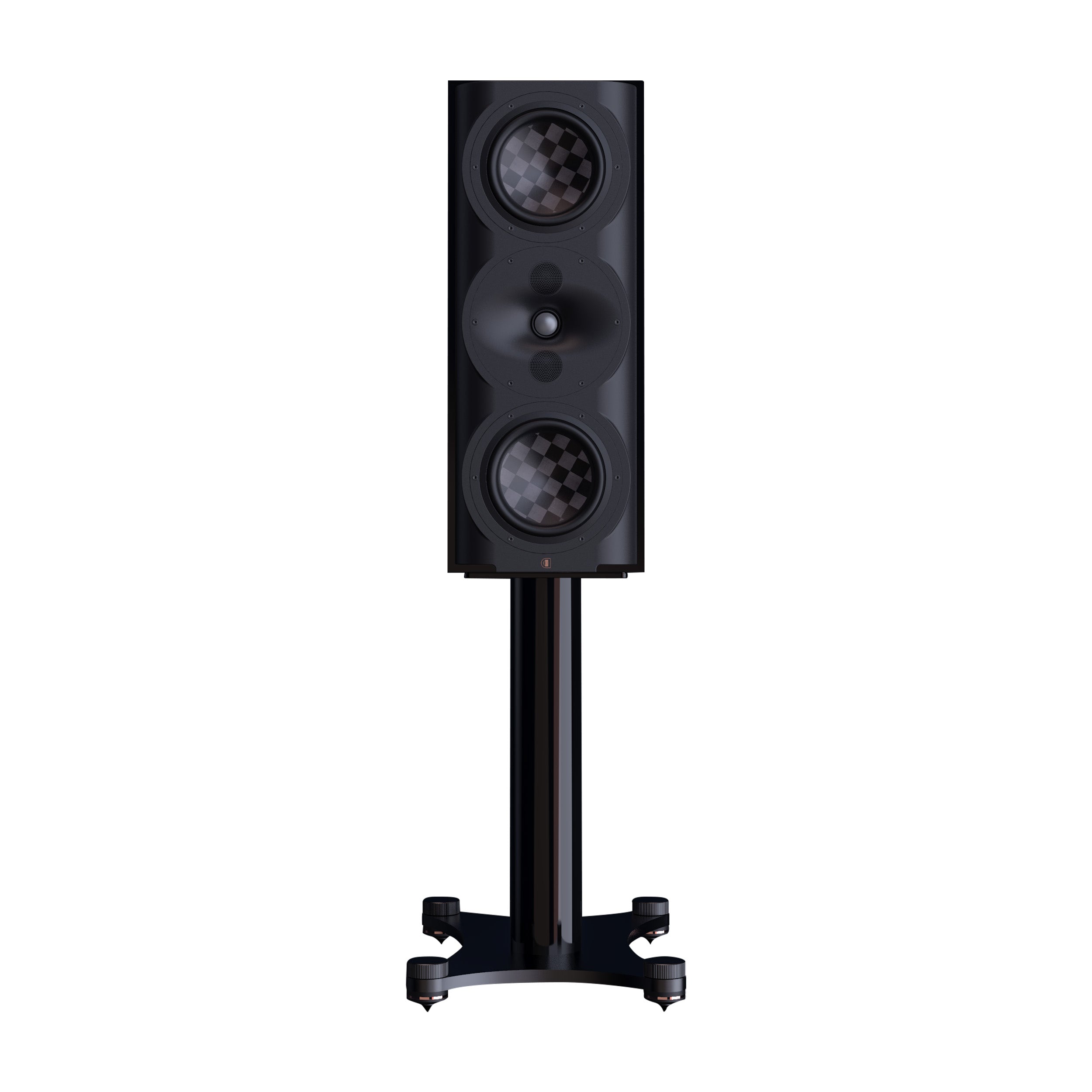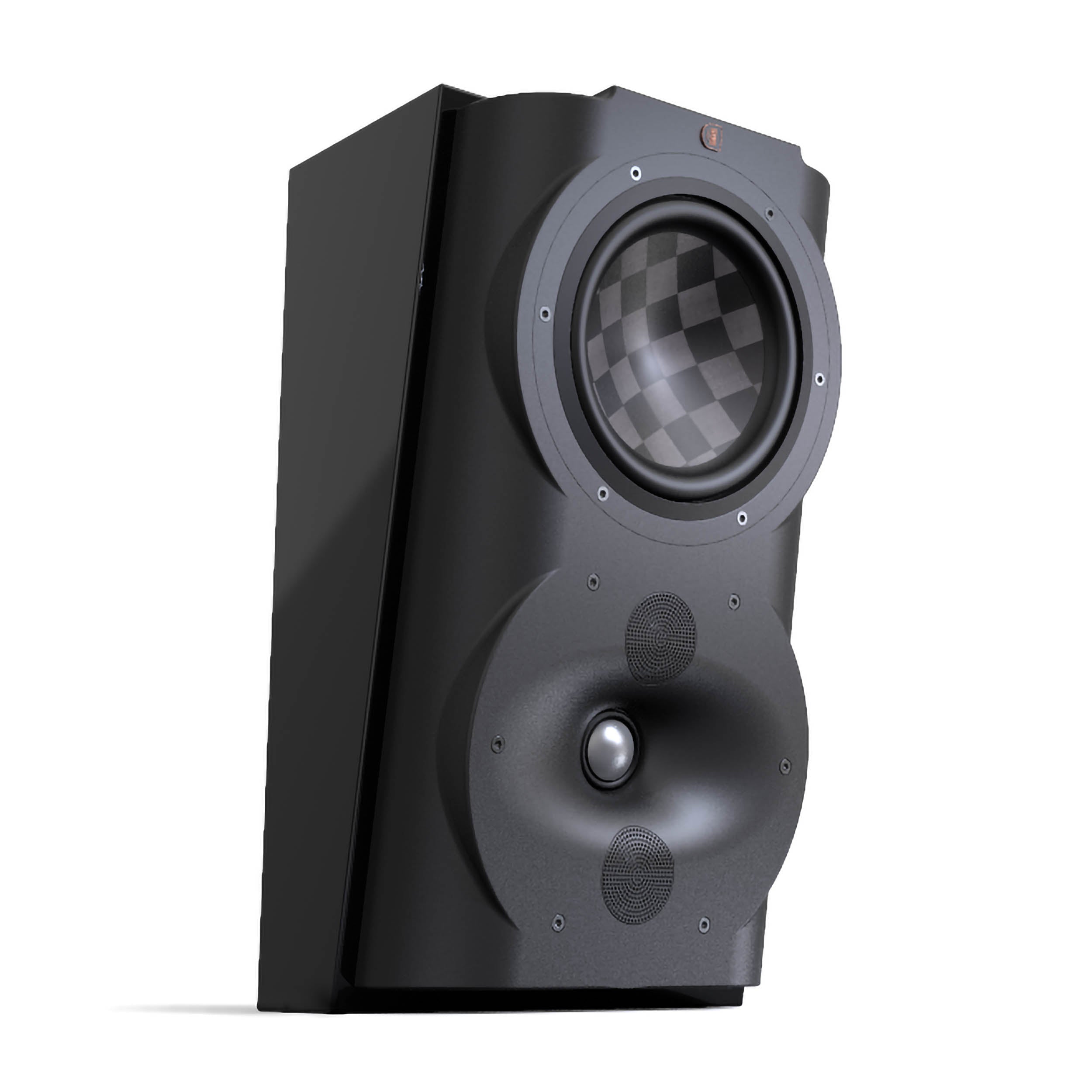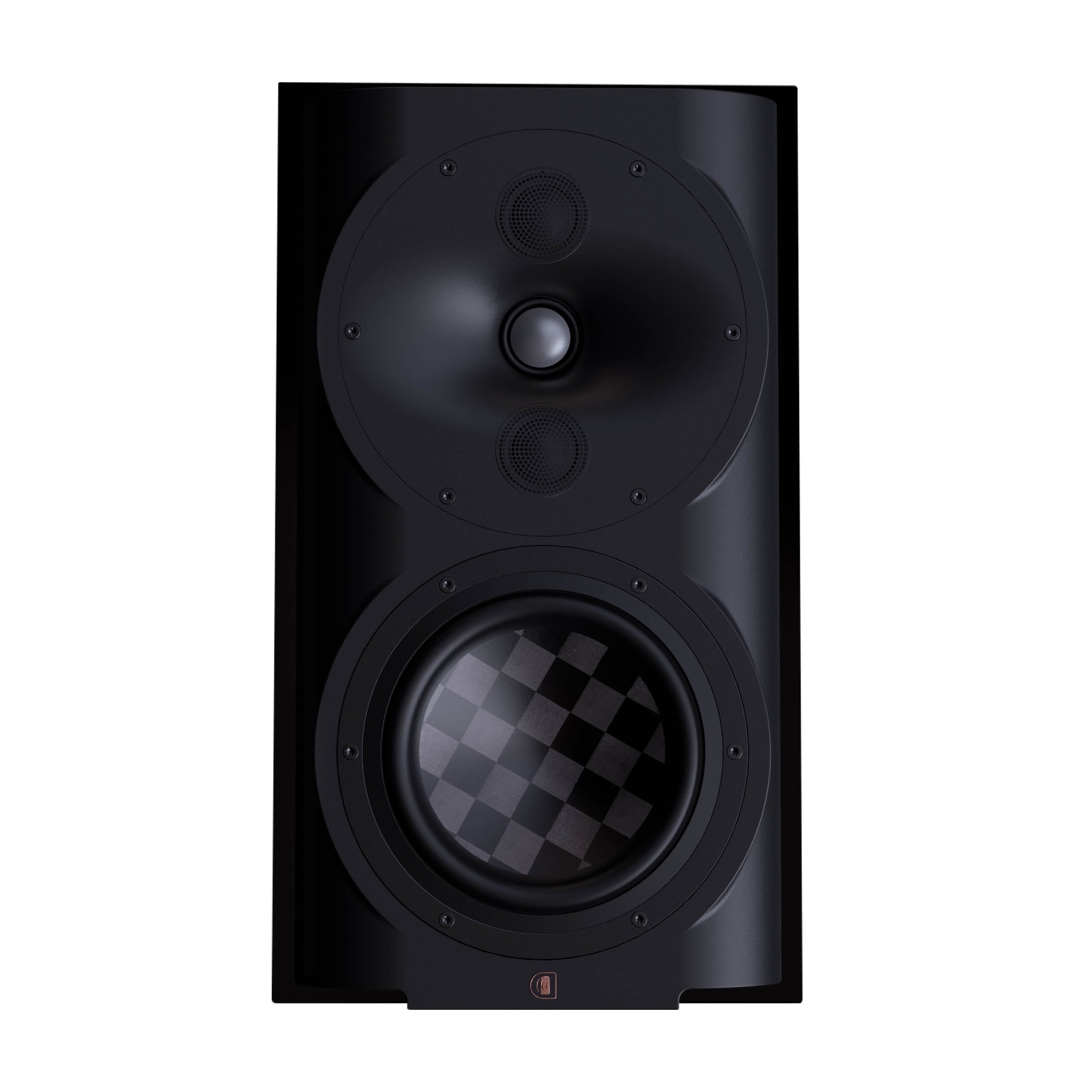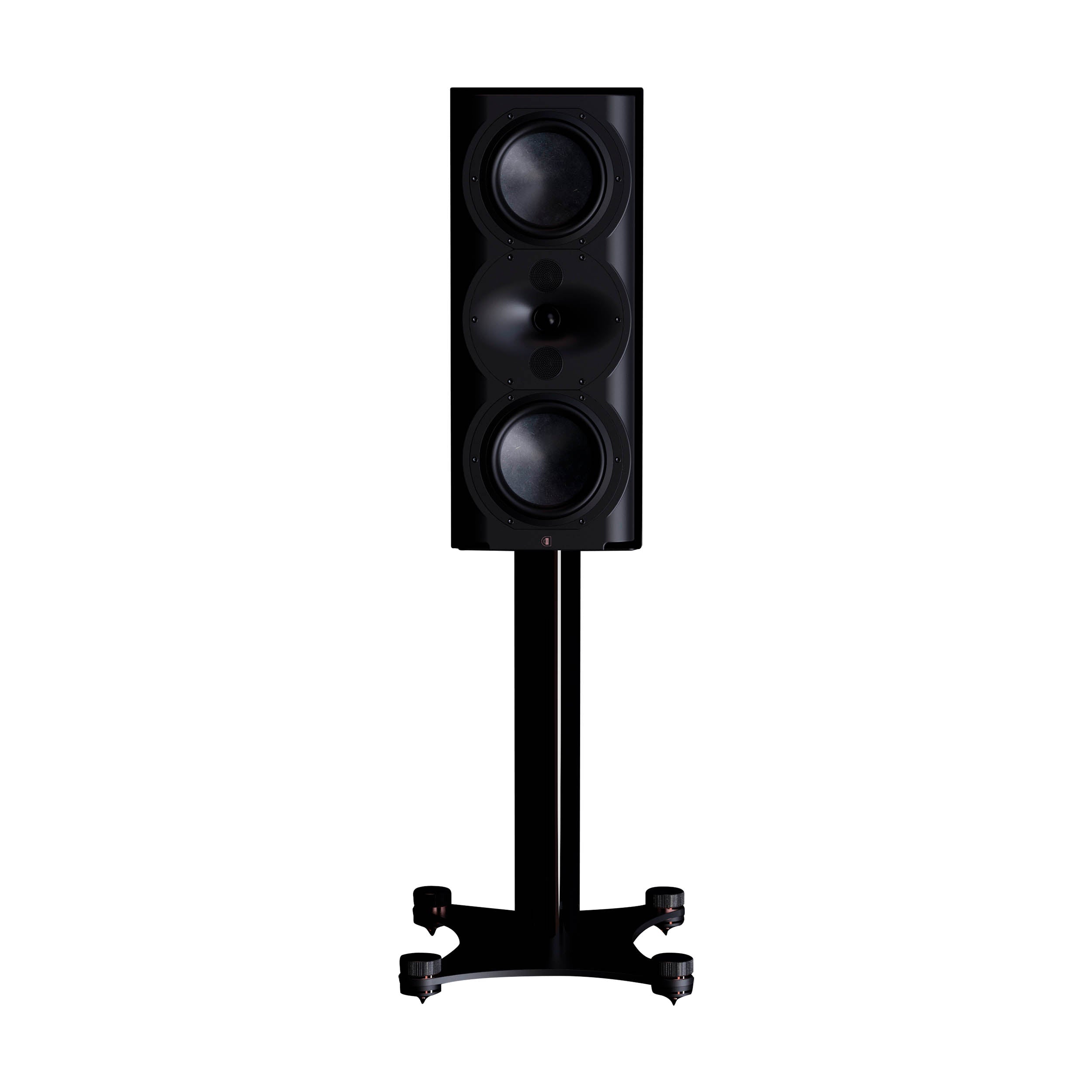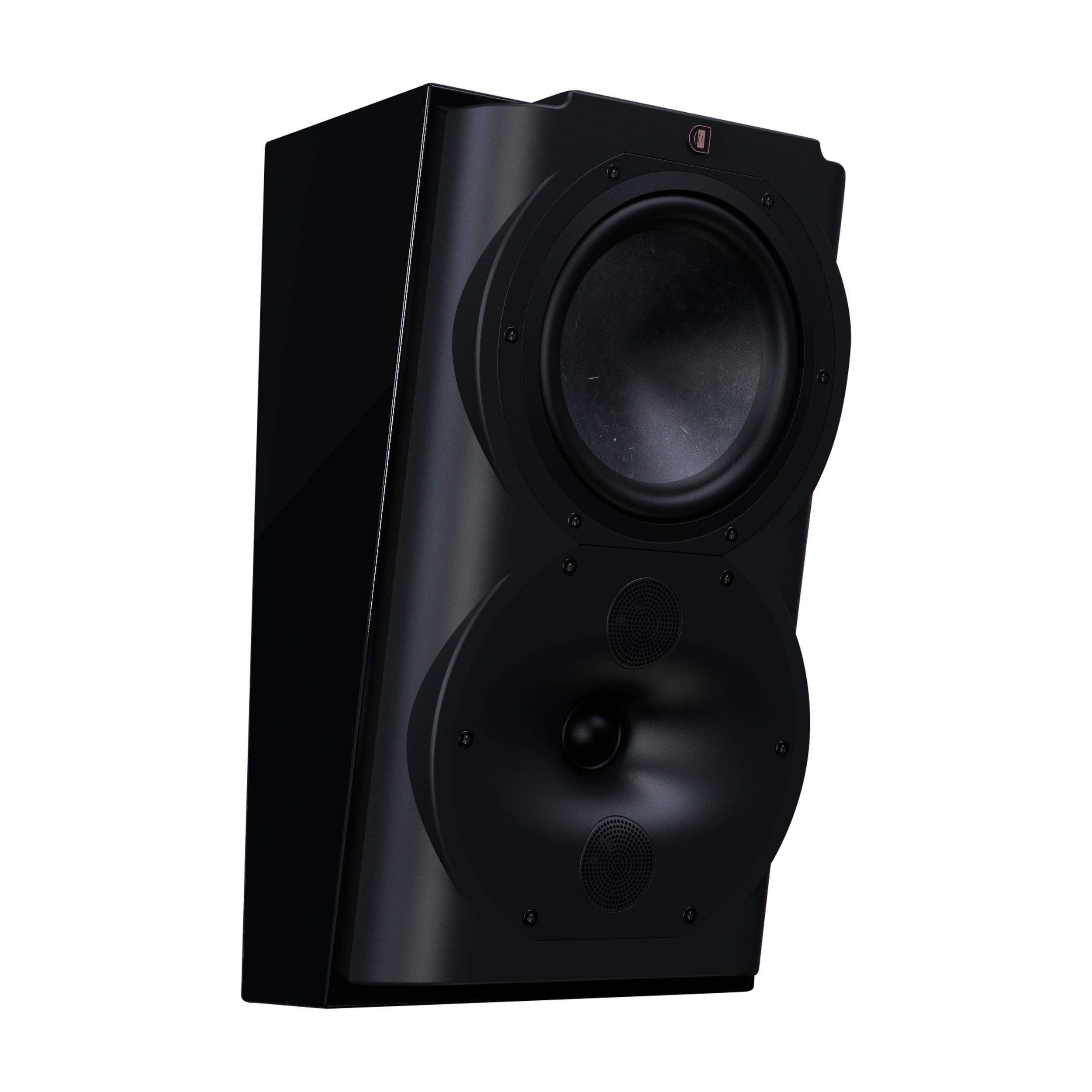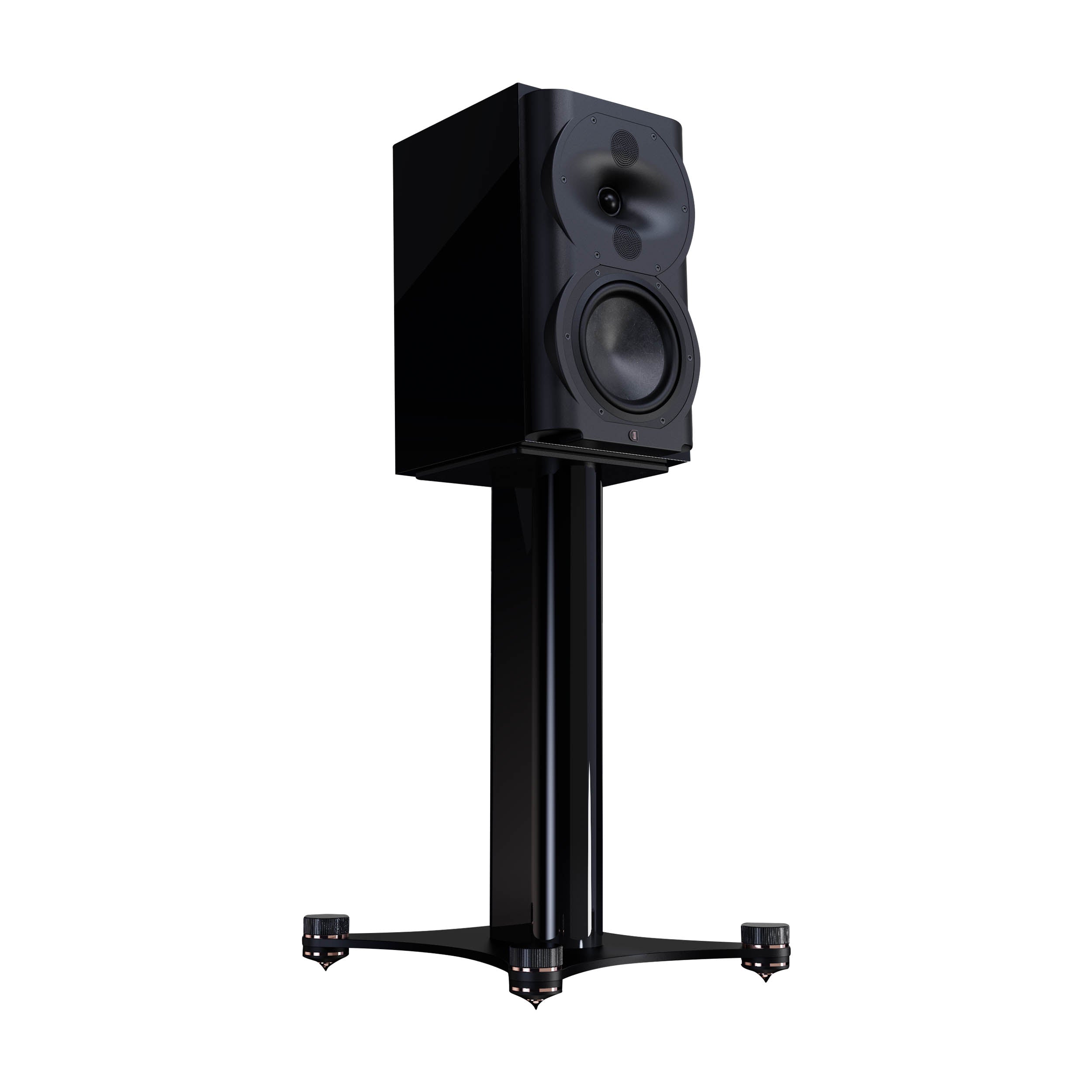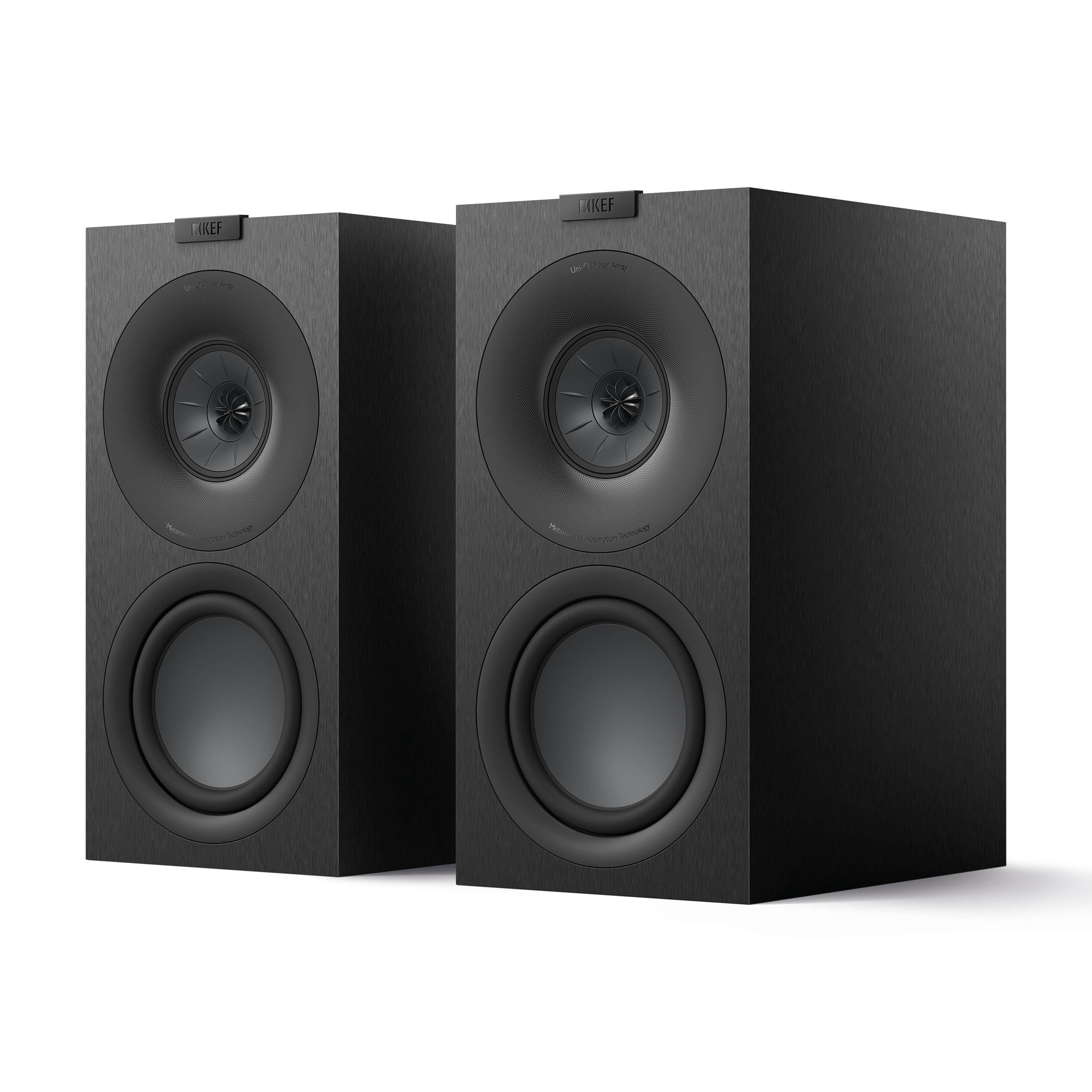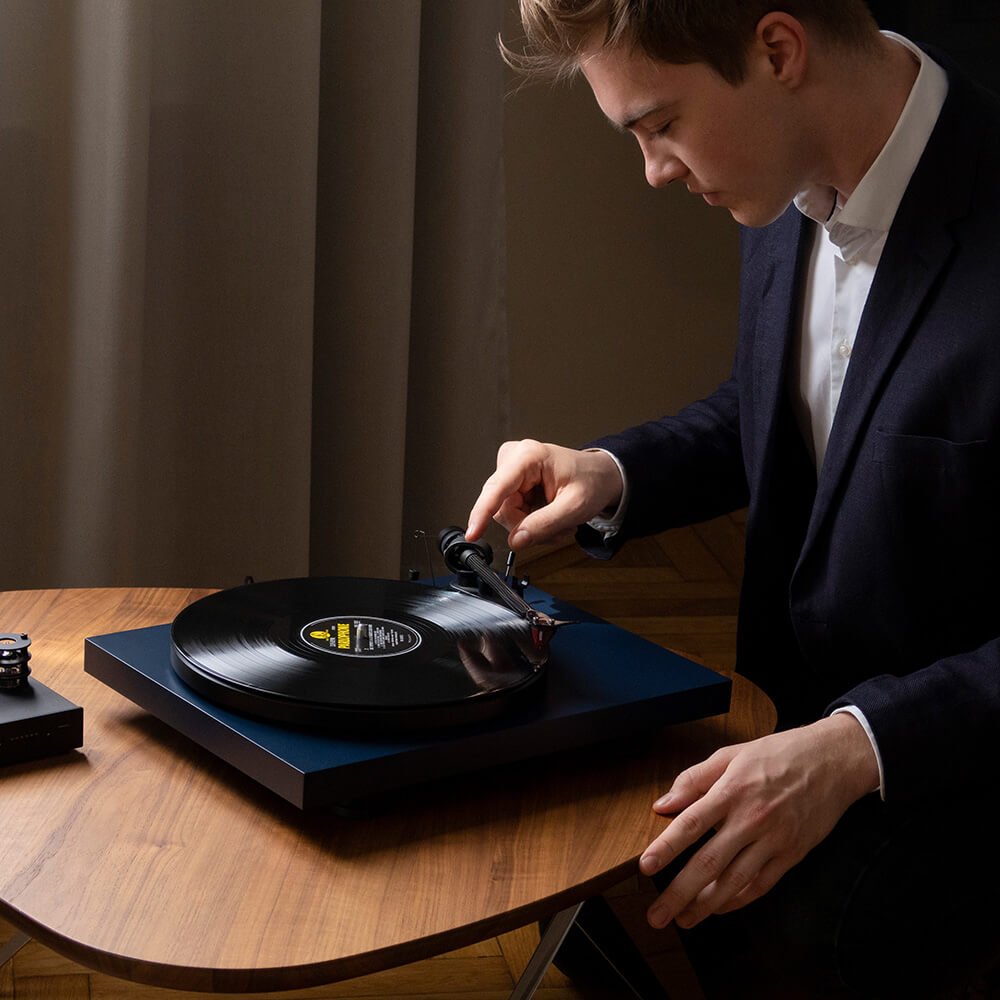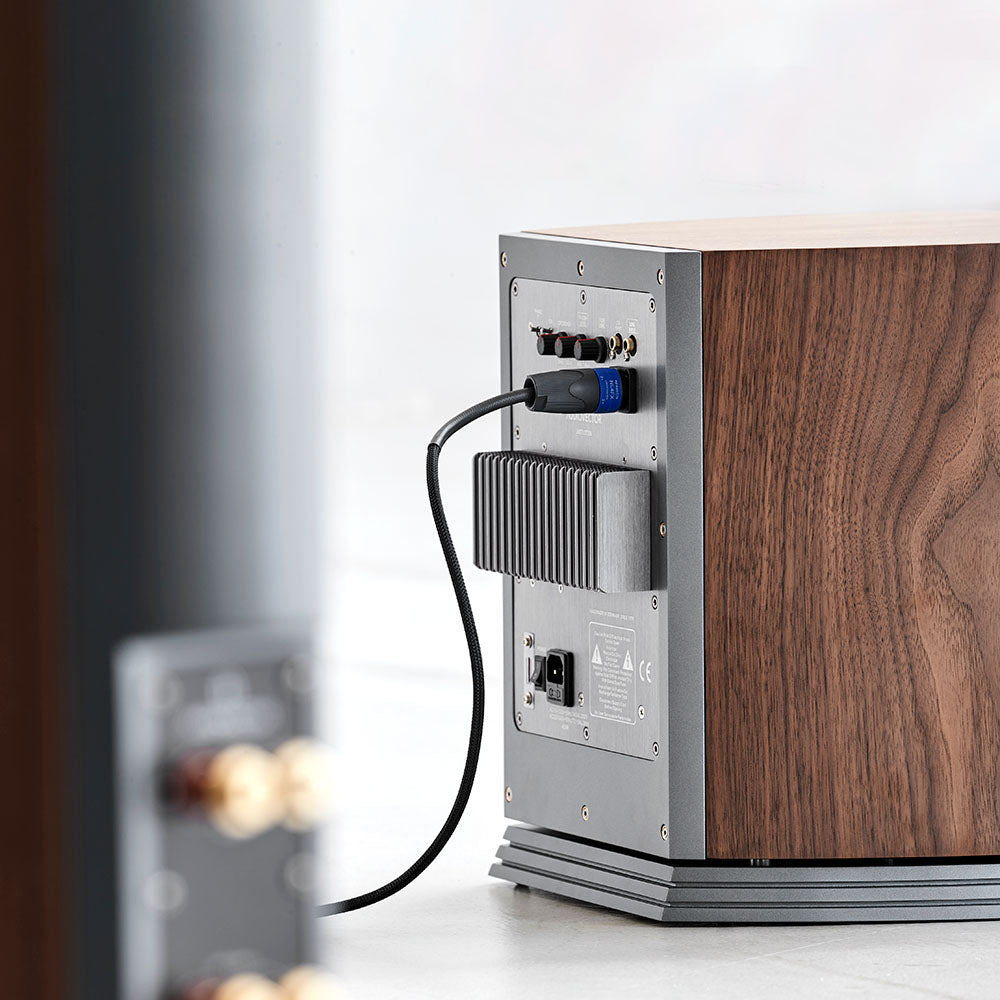Når du køber nye højtalere, så er der flere ting, som du bør være opmærksom på, for at du kan udnytte dine højtalere optimalt. Samtidigt bør du også tænke over, hvilke musikalske behov du har, så du får valgt de helt rigtige højtalere. Her er vores allerbedste tips og tricks til dig, som kan give dig bedre lyd.
1. Rum og størrelse
Du skal altid være opmærksom på, hvilket rum dine højtalere skal spille i. Her har rummets størrelse og beskaffenhed en større betydning for lyden, end de fleste måske tror. Generelt siges det, at store gulvhøjtalere er til brug i større rum, og mindre højtalere oftest lyder bedst i mindre rum. Der findes dog undtagelser fra denne regel, for Audiovector benytter sig fx af en nedadvendt basrefleksport, som gør det lettere at integrere dem i rummet. Det gør, at du kan få særdeles god lyd fra deres gulvhøjtalere i selv mindre rum, hvor de kan placeres med en langt mindre afstand fra væggen end mere traditionelle gulvhøjtalere. Du bør derfor altid samarbejde med din forhandler, for at finde den helt rigtige størrelse højtaler til netop dit rum.
Akustik og finjustering
Der er også andre parametre i rummet, som spiller ind på din samlede lytteoplevelse. Rummets akustiske egenskaber er en faktor, som skal tages med i beregningerne, når du køber nye højttalere. Her tænkes der på akustik/efterklang, hvor et stort og tomt rum med bare vægge og gulve ofte vil være en stor udfordring for akustikken. Her kan du med fordel placere møblement og tæpper strategisk i rummet, for at opnå en betydelige forskel i lyden. Derudover har det stor betydning, at der ikke spilles op ad store bare vægflader. Rummet skal være ”dæmpet” uden at være ”lyddødt”. Det dræber dynamikken, og dermed lyden.
Klappe-testen
For at få en bedre fornemmelse af akustikken i dit rum, kan du prøve at klappe i hænderne. Lyden fra klappet skal falde hurtigt til ro, og ikke stå og dirre og vibrerer i rummet med meget efterklang. Desto tommere rum og væggene er, desto længere vil der gå inden lyden fra klappet falder til ro.
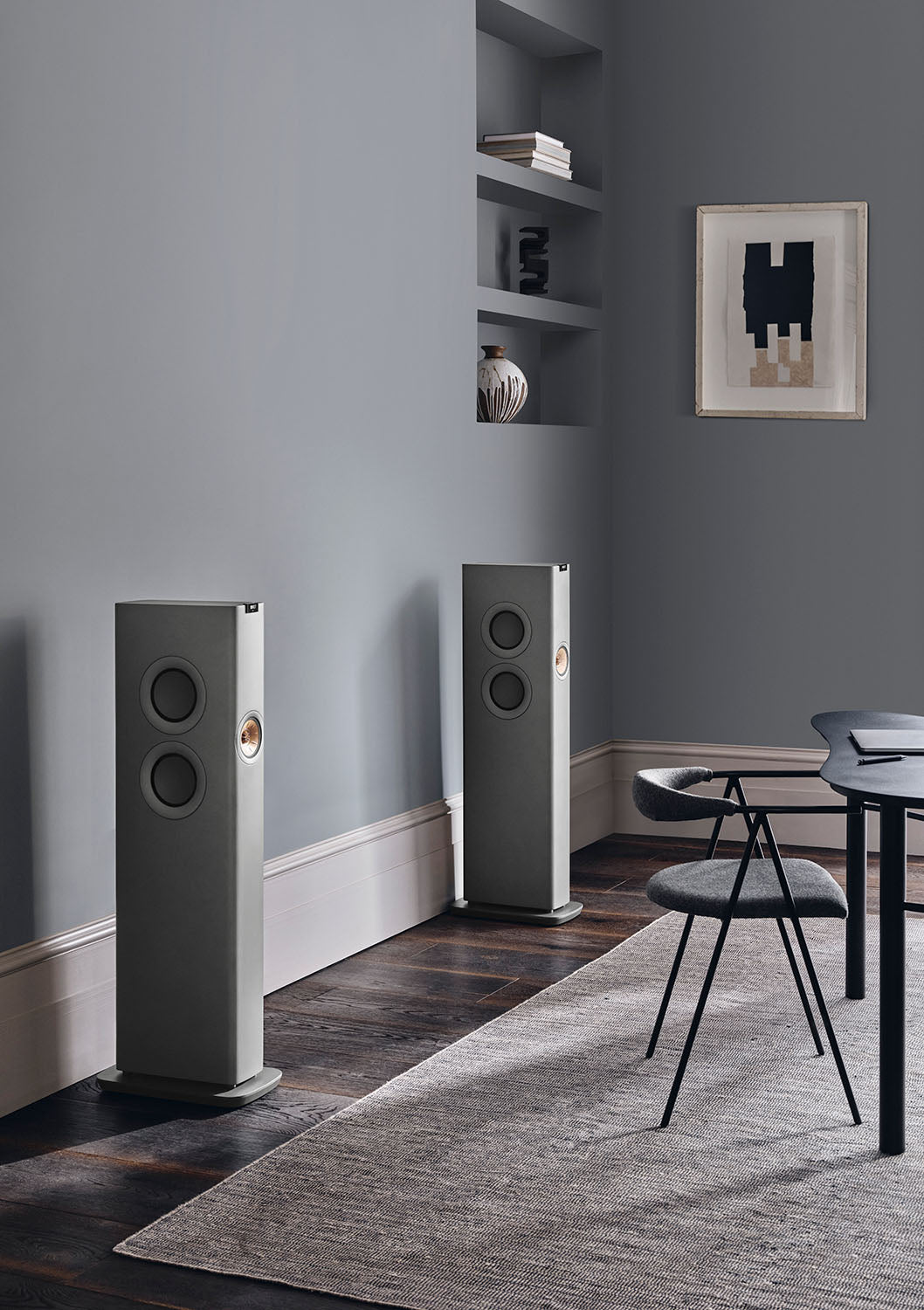
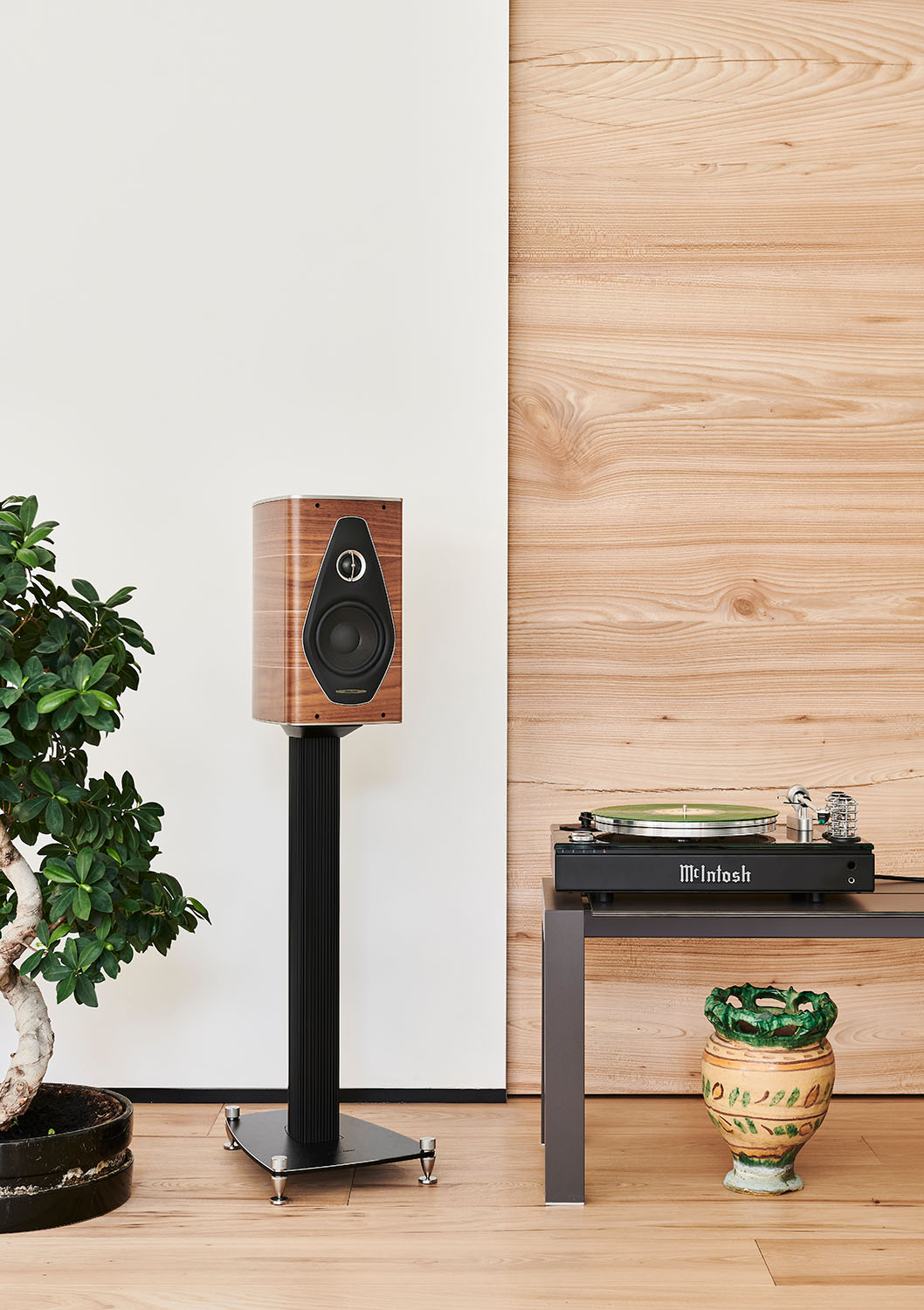
2. Placering af højtalerne
Ved brug af traditionelle stereohøjtalere er det vigtigt at dine højtalere er placeret symmetrisk. Det betyder, at de bør stå i ens lytteafstand til din fortrukne lytteposition med højtalernes fronter pegende imod lytteren. For at gøre det korrekt bør du måle afstanden fra højtalernes fronter og hen til lytteren. Jo mere præcis du er med opmålingen, jo mere præcist et lydbillede vil du opnå.
Højtalerne bør også have en vis afstand fra hinanden for at opnå et ”stereoperspektiv”. Alt efter rummets størrelse selvfølgelig. Vi anbefaler, at du placerer højtalerne minimum 2 meter fra hinanden og højst 5 meter. Bliver afstanden mindre end 2 meter, bliver det vanskeligt at skabe et korrekt stereobillede, og står de for langt fra hinanden, bliver lydbilledet usammenhængende. En tommelfinger-regel siger, at højtalerne skal have samme afstand mellem hinanden, som der er fra højtalerne hen til din foretrukne lytteposition. Dermed dannes der en ligebenet trekant, med højtalernes enheder vinklet hen imod lytteren.
Afstanden til væggene
Du skal så vidt muligt ikke placerer dine højtalere for tæt på hjørner. Vi anbefaler, at du starter med at placere dine højtalere 30 cm fra bagvæggen, og derfra bevæger dig langsomt fremad, indtil du når et punkt, hvor lyden bliver dårligere. Så flyttes højtalerne lidt tilbage. Derfra flyttes højtalerne gradvist længere fra hinanden (ud til siderne), så der opnås et større stereoperspektiv. Når der begynder at opstå en forværring af lydbilledet, flyttes højtalerne lidt tættere på hinanden igen. Denne forværring vil oftest opleves som et hul i lydbilledet.
Det sidste skridt er, at vinkle højtalerne nogle få grader ad gangen hen imod din foretrukne lytteposition, så lydbilledet bliver mere præcist. Når stereobilledet begynder at blive mindre og mere uklart, så vinkles højtalerne lidt tilbage igen. Så har du det optimale lydbillede. For at bekræfte at du har opnået det korrekte lydbillede, kan du med fordel læne dig lidt frem og tilbage i din lytteposition. Bliver lyden dårligere, når du har lænet dig frem og tilbage, så er højtalerne vinklet korrekt. Bliver lyden derimod bedre, når du læner dig frem, så har du vinklet højtalerne for lidt. Er lyden bedre, når du læner dig tilbage, så er højtalerne vinklet for meget.
Ens placering af højtalerne
Det har også stor betydning for lyden, at dine højtalere placeres så ens som muligt i forhold til omgivelserne. De akustiske forhold påvirker nemlig lyden af hver enkelt højtalere, og ved at gøre forholdene omkring højtalerne så ens som muligt, vil du opleve, at lydgengivelsen bliver mere ensartet. Sagt på en anden vis, så er det ikke en god ide at placere den ene højtaler inde i et hjørne eller gemt bag møbler eller lignende, og den anden højtalere i frie omgivelser. Jo mere ens omgivelser du giver dine højttalere, jo bedre og mere harmonisk lyd opnår du.
3. Afkobling eller tilkobling
Hvis dine højtalere skal placeres på gulvet, er det vigtigt, at de placeres på et fast underlag, så højtalerne ikke bevæger sig frem og tilbage, når der spilles musik. Brug derfor de medfølgende ”spikes”, som er en slags tilspidsede skruer. Disse spikes skrues op i de dertil indrettede gevind i bunden af højtalerne, for derigennem at skabe en så lille og stabil kontaktflade som muligt.
Juster disse ”spikes” så højtaleren står stabilt på alle fire spidser. Hvis du spiller direkte på et trægulv, så kan du med fordel benytte de såkaldte ”floor-protectors”. De er en slags runde skiver med en lille fordybning i midten, som placeres på trægulvet inden højtaleren med ”spikes” placeres ovenpå dem. Det hjælper med at beskytte gulvet imod skader fra de spidse ”spikes”.
"Højtaleren skal stå fast på underlaget, for at den kan afgive al sin energi én vej – hen imod dig. Det giver en mere præcis, dynamisk og slagkraftig lyd."
Thomas Mørk, Indehaver
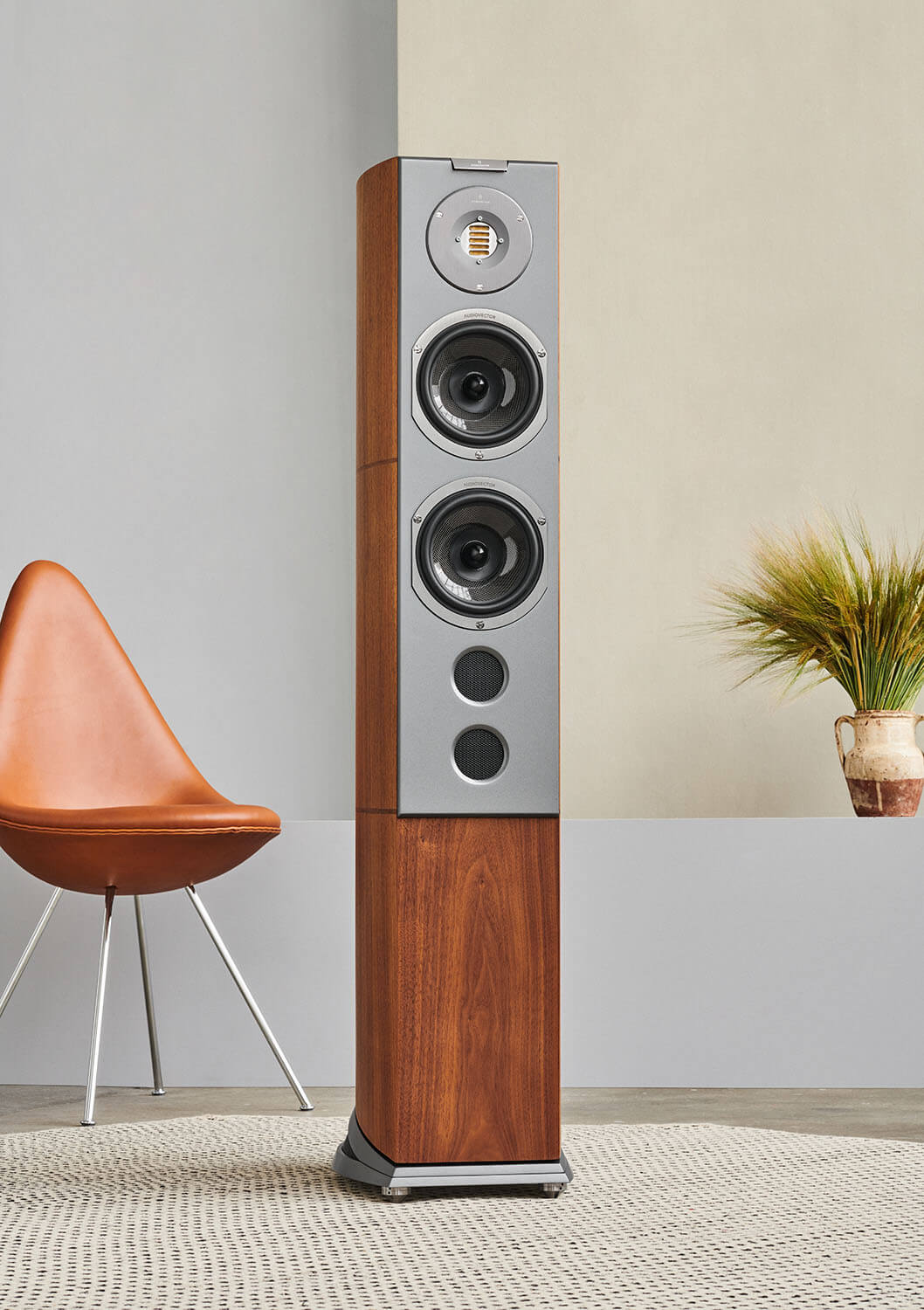
Audiovector R6 Arreté
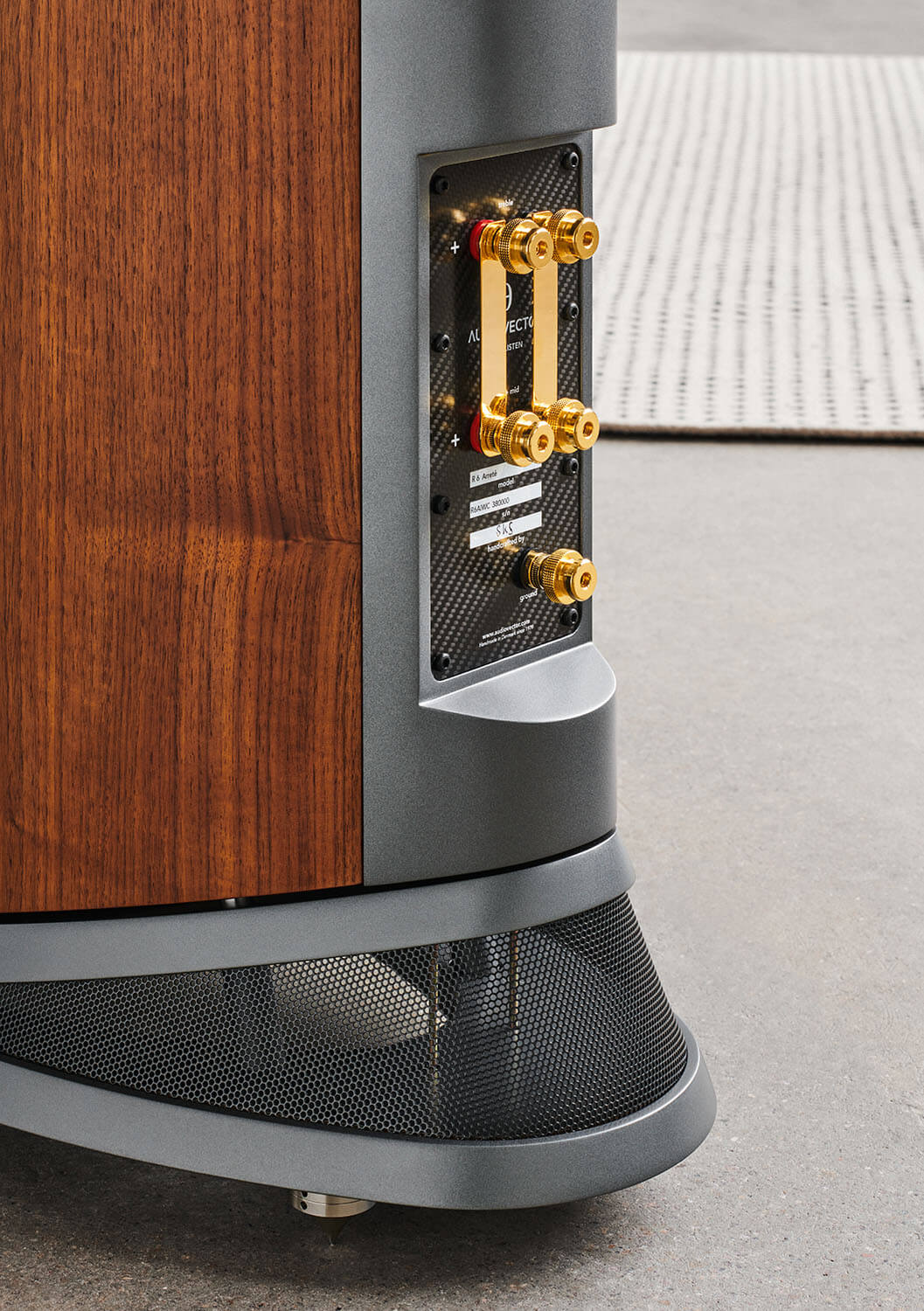
Bagbaffel i carbon
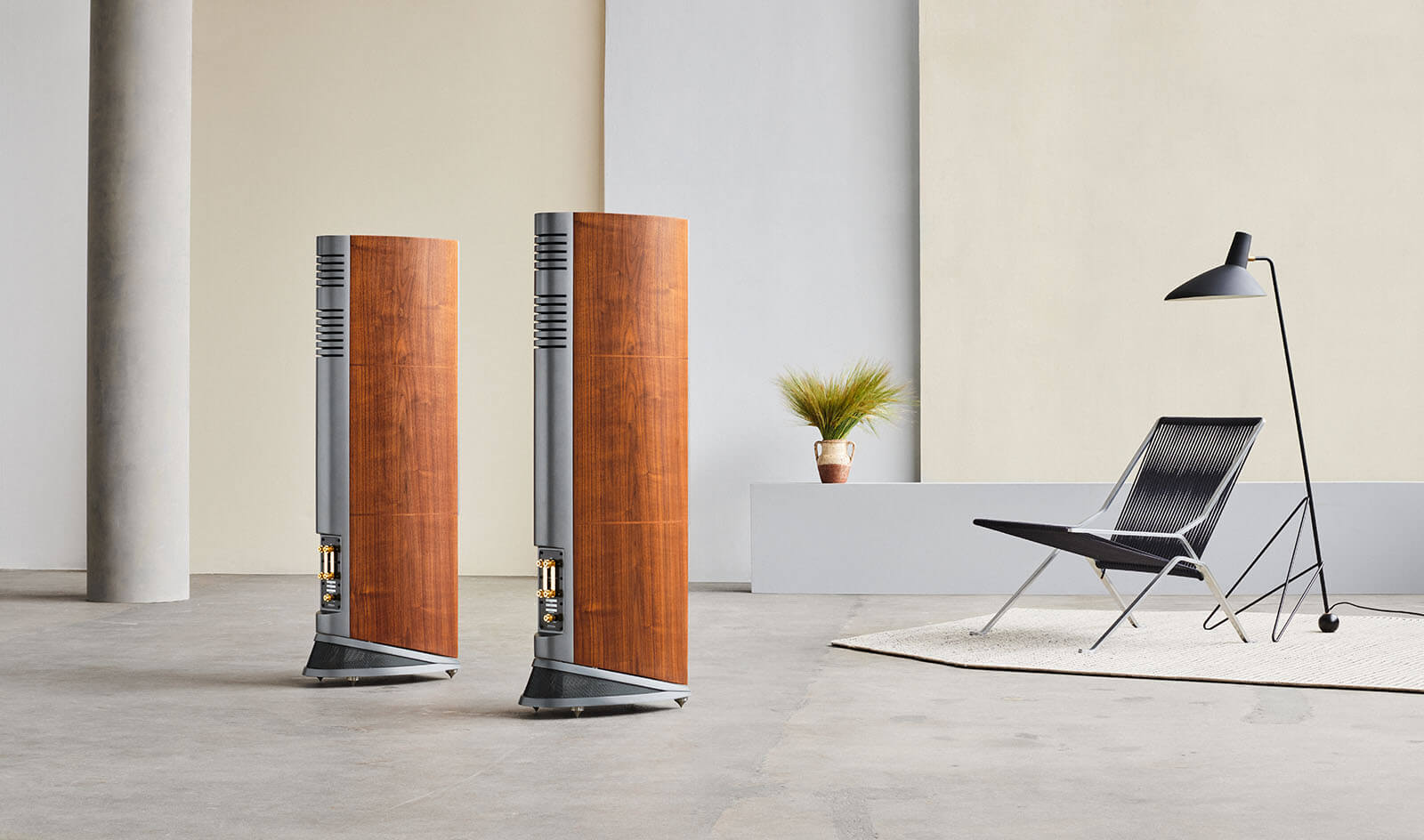
Bagudskydende 3" mellemtone
4. Tilspilning
Alle nye højtalere skal ”tilspilles”. Dette betyder i princippet at de lige skal vende sig til at blive belastet når de er nye. Der er to typer af tilspilning som har indflydelse her. Den elektriske tilspilning og den mekaniske tilspilning.
Den elektriske tilspilning betyder at de komponenter der sidder monteret på højtalernes delefiltre lige skal bruge lidt tid til at vende sig til den strømmængde de skal arbejde med. Derved optimerer disse komponenter sig selv over tid, med bedre lyd til følge.
Den mekaniske tilspilning sker i højtalernes bevægelige dele, som findes i enhederne der er monteret på højtalernes front. Bas/mellemtone enhederne har et bevægeligt magnetsystem og desuden et såkaldt ”kantophæng” som holder enhedens membran fast i kurven som enheden er monteret i. Disse bevægelige dele er også under indflydelse af den såkaldte tilspilning, og akkurat lige som de elektriske dele i højtaleren så har disse bevægelige dele også brug for en del tilspilning for at yde optimalt.
Populære kompakthøjtalere
5. Den rette forstærker til højtalerne
Det er altid vigtigt, at du vælger den rigtige forstærker til at trække dine højtalere. Enhver højtaler har en såkaldt ”driftseffekt”, som er en indikator for, hvor mange kræfter der skal til for at drive højtalerne. Her er det vigtigt, at du ikke har en forstærker, som er for lille til at trække højtalerne. I teorien kan du ikke få for mange kræfter til at drive højttalerne, men tværtimod for lidt kræfter. Det er nemlig sjældent, at det er kraftige forstærker, der er skyld, at højtalerne ”brænder” af. Det er derimod ofte, når forstærkeren ikke er kraftig nok, at ulykken sker. Her er det vigtigt at du i samråd med fagfolk får valgt den rette forstærker til dine højtalere. Eller omvendt får valgt den rette højtaler til din forstærker.
“Tip: Hør vores produkter hjemme hos dig selv i 30 dage med fuld returret. Så kan du høre, hvordan produktet lyder i dine omgivelser med dit system.”
Thomas Mørk, Indehaver
6. Brug dine højtalere med omtanke
Uanset hvilke højtalere du køber, så kan de altid ødelægges ved forkert brug. Spil derfor med omtanke, og spil ikke højere end musikken stadigvæk lyder godt og rent. Generelt så burde det aldrig være nødvendigt at spille højere end max halv styrke på din forstærker hvis den passer til dine højtalere.





